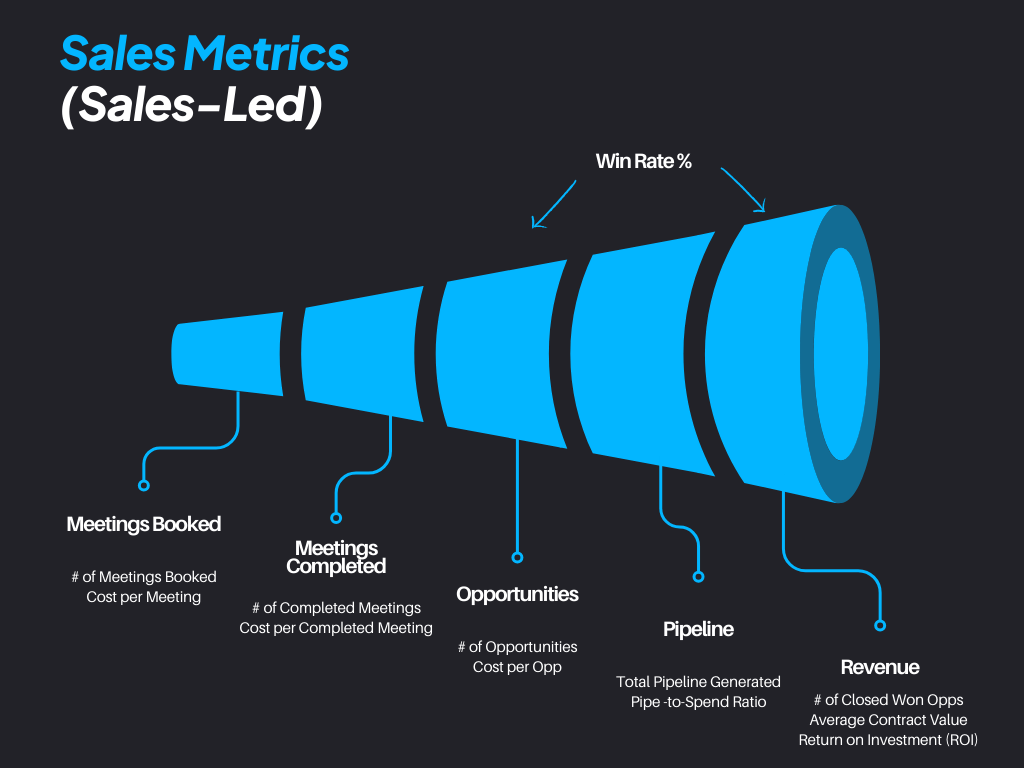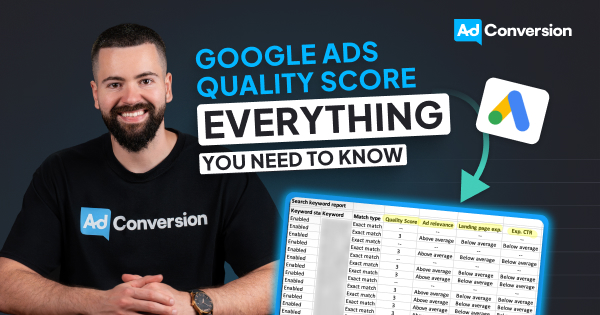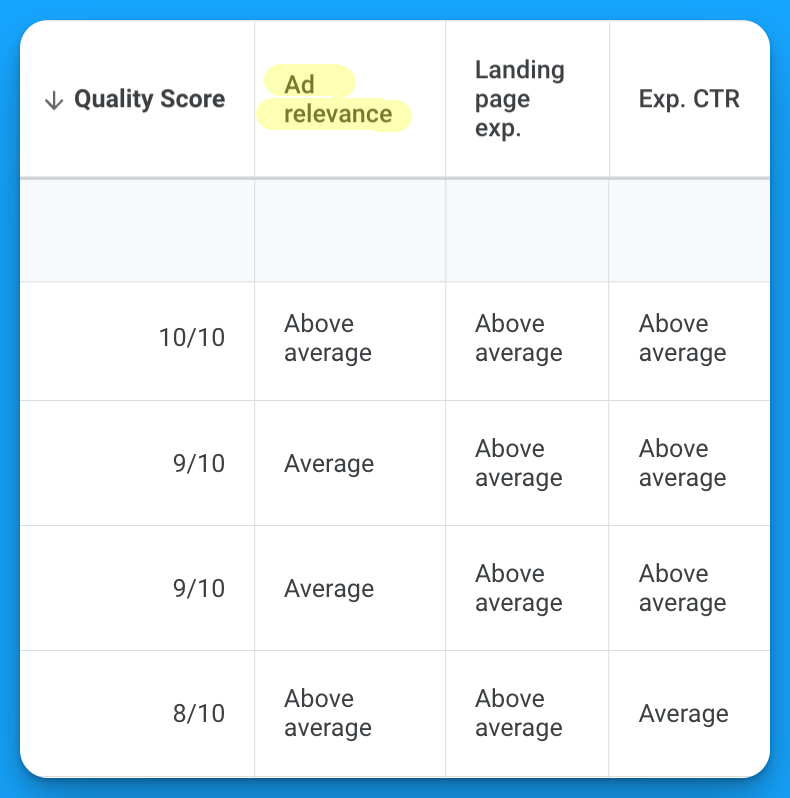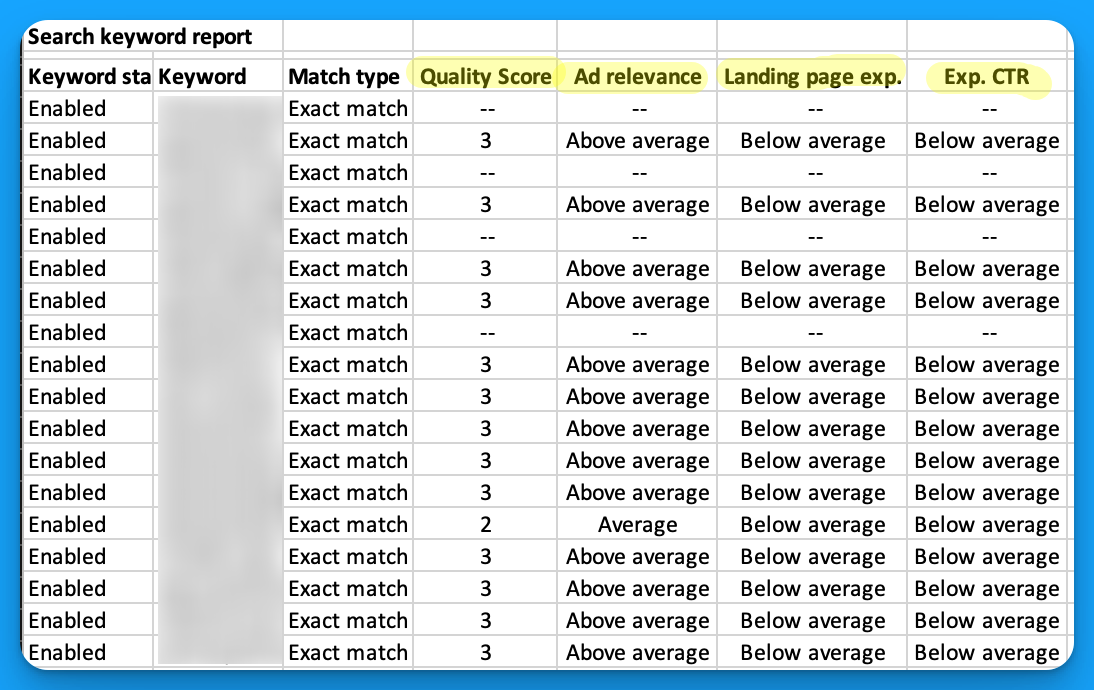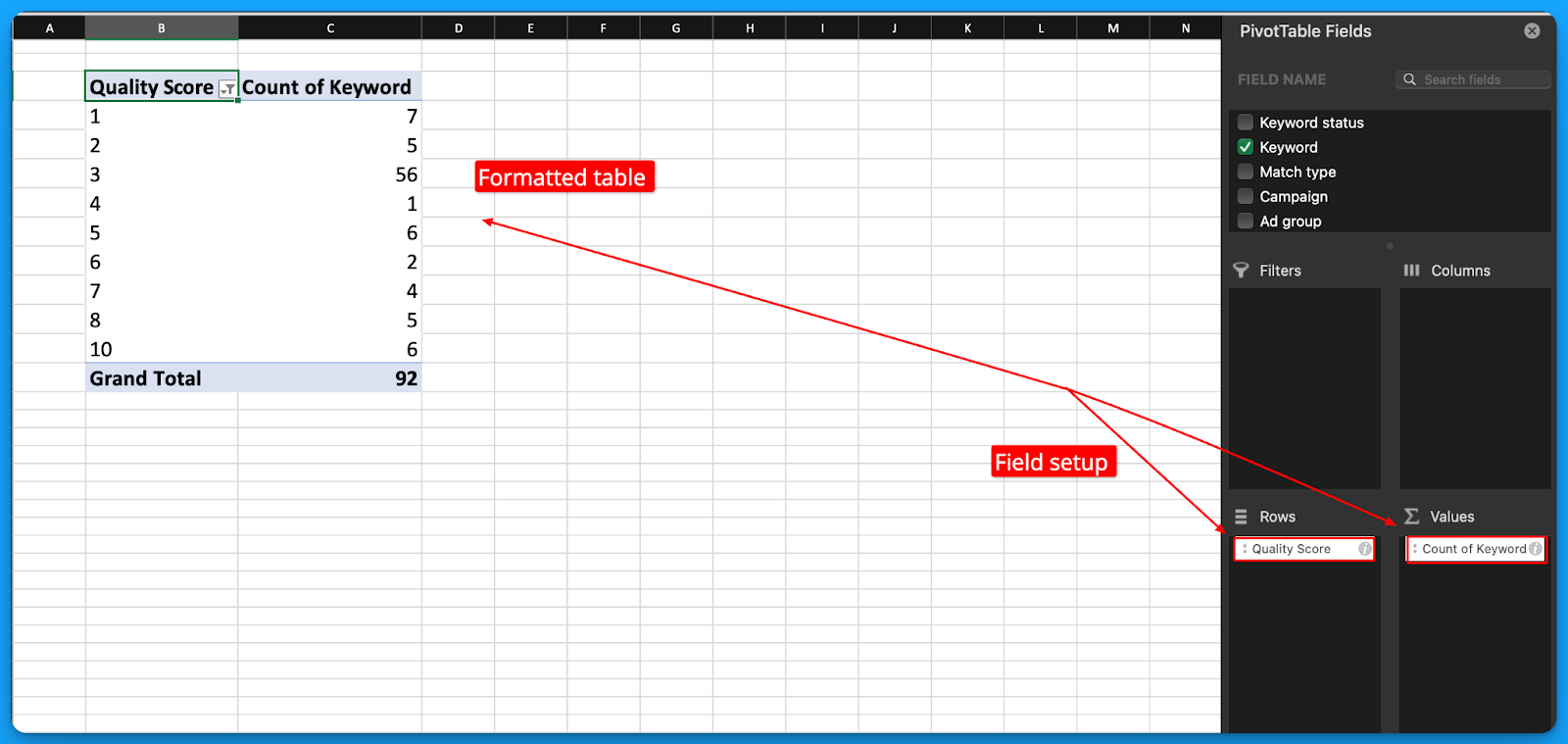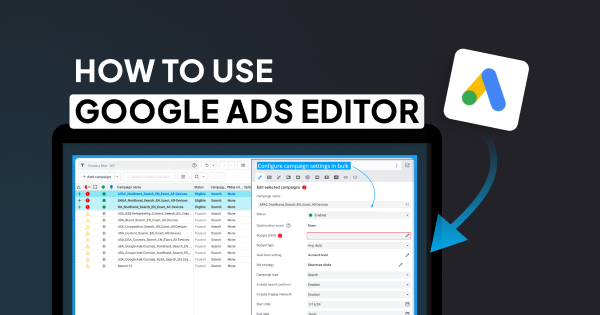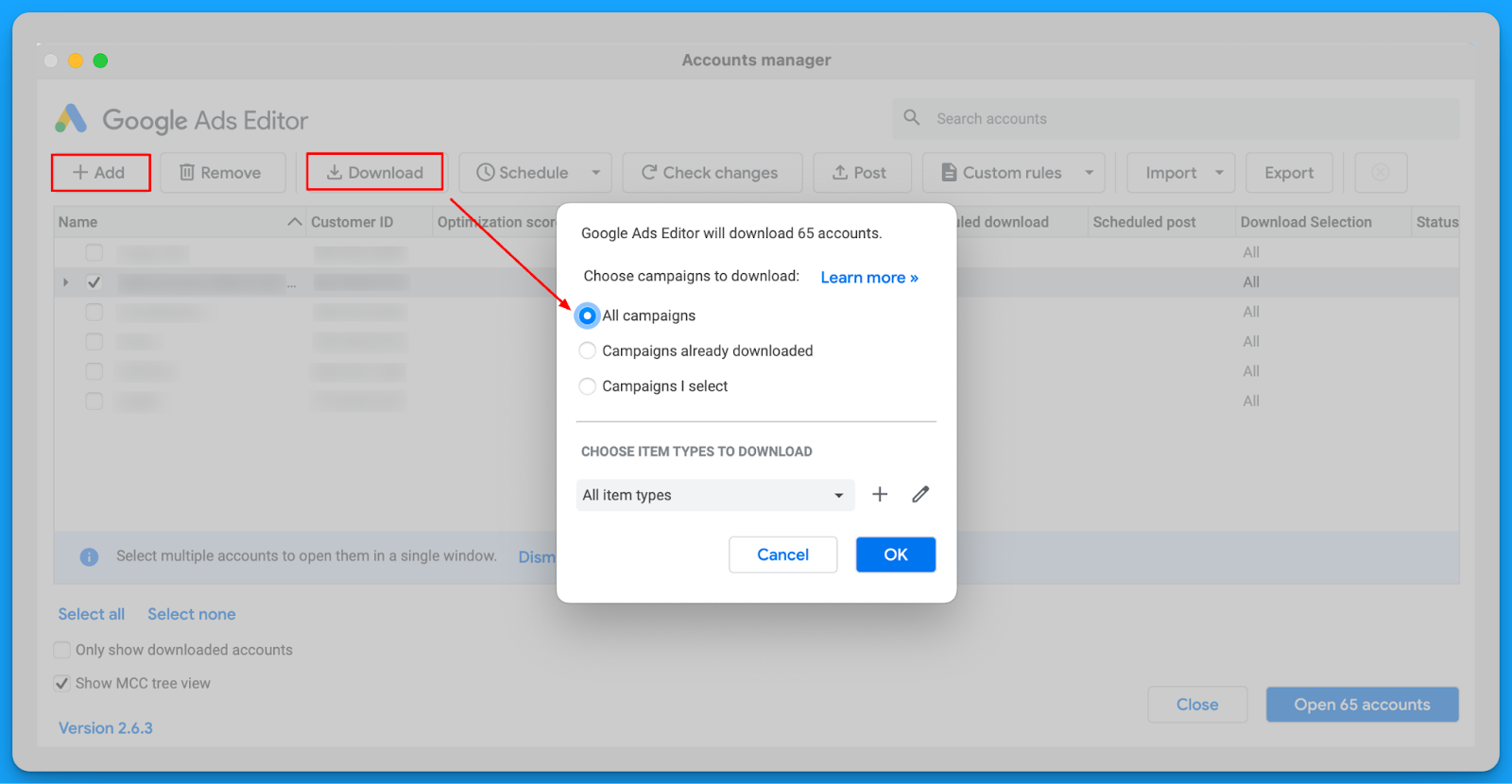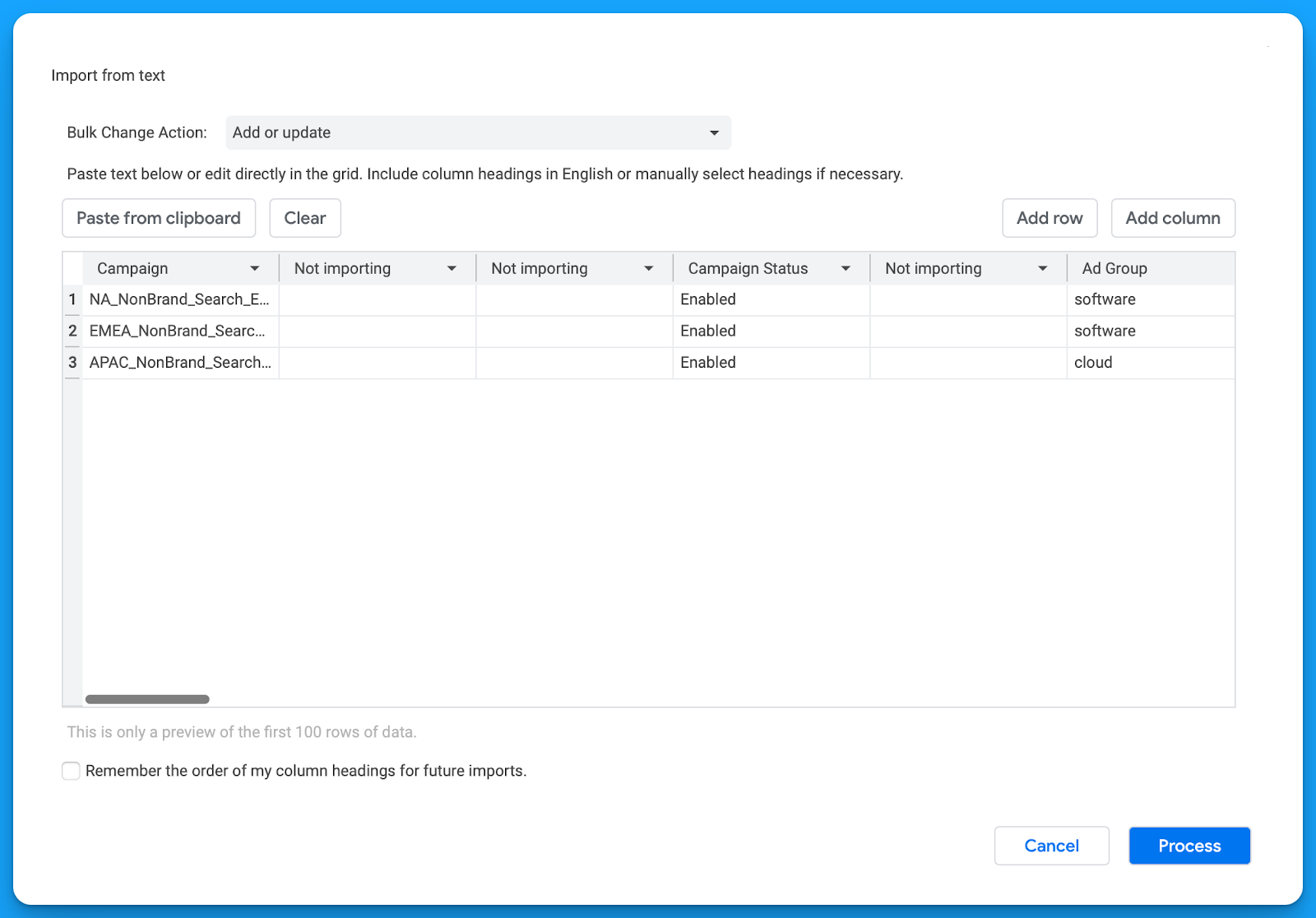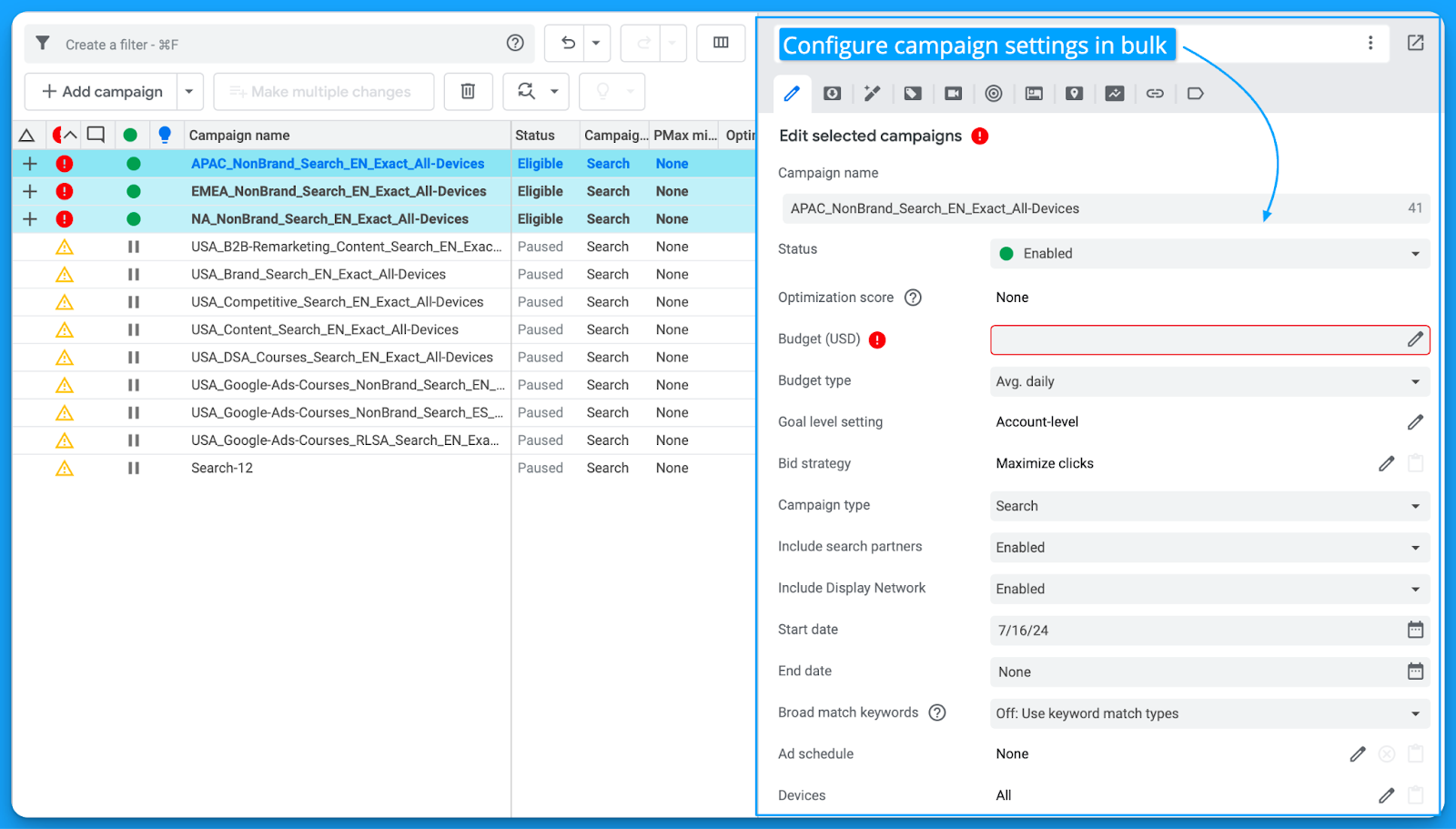
10 Proven Landing Page Tips You Can Apply Today To Boost Your Conversion Rates
Increase your SaaS landing page conversions with strategies you can apply today.
I’ve had the pleasure of crafting more than 100+ landing pages for top SaaS brands.
Here are my top 10 tips and landing page best practices for increasing conversion rates.
(In no particular order, they all matter)
TABLE OF CONTENTS
- Tip #1 - Showing the “Aha Moments” in the Hero Section
- Tip #2 - Switching from “Call to Action” to “Call to Value”
- Tip #3 - The Art of Showcasing True Value
- Tip #4 - Contrast: The Psychology Behind Decision-Making in SaaS
- Tip #5 - The Art of Show vs Tell
- Tip #6 - Increase Conversion by Selling Indirectly
- Tip #7 - Showcasing the Crucial 20% That Truly Resonates
- Tip #8 - Minimizing Risk to Maximize Conversion
- Tip #9 - How to Find Those “Aha Moments”
- Tip #10 - The Three Pillars for an Effective Landing Page
- Bonus Tip: Enhance Your Mental Reference
- Conclusion
- Resources for Mastering B2B Advertising
Tip #1 - Showing the “Aha Moments” in the Hero Section
Unlike traditional approaches that cram the hero section with exhaustive product details, the most effective strategy is to spark curiosity.
The hero's purpose transcends mere product selling; it's about unveiling those 'aha' moments that resonate deeply with the audience, compelling them to explore further.
'Aha' moments are those instances of sudden insight or discovery that leave a lasting impression on the audience.
In the hero section, showcasing these moments effectively can be the difference between a visitor bouncing off the page and one who stays to learn more.
For example, rather than just stating that a product simplifies a complex process, demonstrating this transformation through a brief, engaging visual or interactive element can be far more compelling.

The Case for Clarity and Creativity:
Consider a tool that converts audio instructions into a polished presentation.
A straightforward statement like "You talk, we'll write" paired with a generic AI-themed image does little to convey the true potential of the product.
A more effective strategy would involve a dynamic display of an audio clip evolving into a complete slide deck right within the hero section.
This visual demonstration not only clarifies the product's purpose but also instantly showcases its efficiency and innovative approach, making the value proposition clear and compelling from the outset.
Tip #2 - Switching from “Call to Action” to “Call to Value”
A compelling call to action (CTA) is effective not just because it tells users what to do, but because it clearly shows the value they'll get from taking action.
This principle is particularly relevant when discussing how to entice potential users to engage with a SaaS product, whether through booking a demo, signing up for a trial, or merely exploring the features of a tool.
The Strategy of Value-Driven CTAs:
A common misstep in crafting CTAs is the assumption that a straightforward directive—such as "Sign up for free" or "Book a demo"— suffices to motivate action.
However, this overlooks the critical need to communicate the unique benefits that await the user.
We need to shift from a generic call to action to one that vividly presents a 'value proposition'.
For instance, rather than merely inviting potential customers to "book a demo," a more effective approach would illustrate what they can expect to gain from that demo, such as “Book a 30-Minute Demo & Walk Away With 5 Tailored Tips”
Tailoring Experiences to Overcome Skepticism:
Marketers need to ensure that CTAs are not just gateways to product features but also to experiences that address the visitors' needs and concerns.
Particularly in industries where customers are overwhelmed with choices, standing out requires demonstrating immediate and tangible value.
Practical Example:
A service offering insights into optimizing YouTube ad placements might offer a "Free consultation to uncover 10 high-impact ad placements you're missing."
This approach directly speaks to the user's desire to gain an advantage and assures them of receiving valuable insights regardless of their decision to commit to the service.

Leveraging Trust Through Transparency and Results:
Trust plays a major role in converting users from interested observers to active participants. This trust can be significantly bolstered by transparency and evidence of potential results.
A case in point involves a service that automates customer feedback collection, where the CTA emphasizes the realistic outcomes users can expect, such as "Join our trial and see how businesses gain 10+ new reviews in just a week."
Such a statement not only sets clear expectations but also addresses common concerns around efficacy and value for time spent.
Tip #3 - The Art of Showcasing True Value
The debate between emphasizing features versus benefits has long been a topic of discussion.
However, a more profound approach focuses on selling outcomes—a strategy that transcends the traditional split by aligning a product's capabilities directly with the customer's success.
This method does not just highlight what the product can do or the advantages it offers but rather, it shows the tangible impact it will have on a user's objectives, such as enhancing profitability, efficiency, or operational insights.
For example, instead of stating that an analytics tool provides comprehensive data analysis (a feature) or delivers actionable insights (a benefit), outcome-based selling would focus on how it enables businesses to identify and rectify inefficiencies in their ad spend, ultimately increasing ROI.
Crafting an Indirect Promise:
One of the critical nuances of this approach is the subtlety of the promise being made.
Directly stating that a product will lead to more revenue or savings might trigger skepticism. Thus, the art lies in painting a scenario that leads the customer to reach these outcomes naturally.
By detailing the insights or efficiencies a tool provides, customers begin to see the path to increased profits or reduced costs themselves, making the conclusion feel like their discovery rather than a bold claim from the company.

Practical Example:
Consider a service that offers AI-driven call answering for small businesses. Rather than simply stating it answers calls, the marketing message could focus on the outcome:
"Never miss a sale again with our AI receptionist, ensuring you capture every opportunity, 24/7."
Such framing not only addresses the immediate feature but also connects it to a desirable business outcome—increasing sales by capturing every call.
Tip #4 - Contrast: The Psychology Behind Decision-Making in SaaS
Mastering the subtle technique of drawing contrasts does more than just emphasize a product's strengths;
It vividly contrasts the potential customers' current challenges with the brighter prospects that the right solution can offer.
Fundamentally, selling through contrast means outlining the challenges or limitations customers currently face and comparing these with the transformative benefits the product can provide.
The effectiveness of this strategy lies in its ability to magnify the perceived value of a solution, making the switch or become not just logical but, essentially, inevitable.
Crafting Compelling Contrasts:
Creating compelling contrasts requires a deep understanding of the customer's current struggles and how they align with the unique capabilities of the SaaS solution.
This involves asking probing questions that uncover pain points and limitations of current tools or processes and demonstrating how the product not only addresses these issues but also offers additional, unforeseen benefits

Tip #5 - The Art of Show vs Tell
Transcend beyond the superficial allure of adjectives like "fast," "easy," or "better," which, while enticing, often fall short of conveying the true essence and capability of a product.
Demonstrating Value Through Evidence:
The key lies in demonstrating value through clear, undeniable evidence.
For instance, showcasing a time-lapse video of creating a 25-email sequence in 15 minutes delivers a powerful, visual affirmation of the tool's efficiency.
This method not only captures attention but also dispels doubts by providing a visual benchmark for the tool's capability.
The Synergy with Earlier Strategies:
"Show, don't tell" beautifully complements earlier discussed strategies like focusing on outcomes and creating contrast.
It provides the tangible proof that underpins these approaches, ensuring that the marketing message is not just heard but felt and understood.
The landing page below has a short video demonstrating the value to prospects.
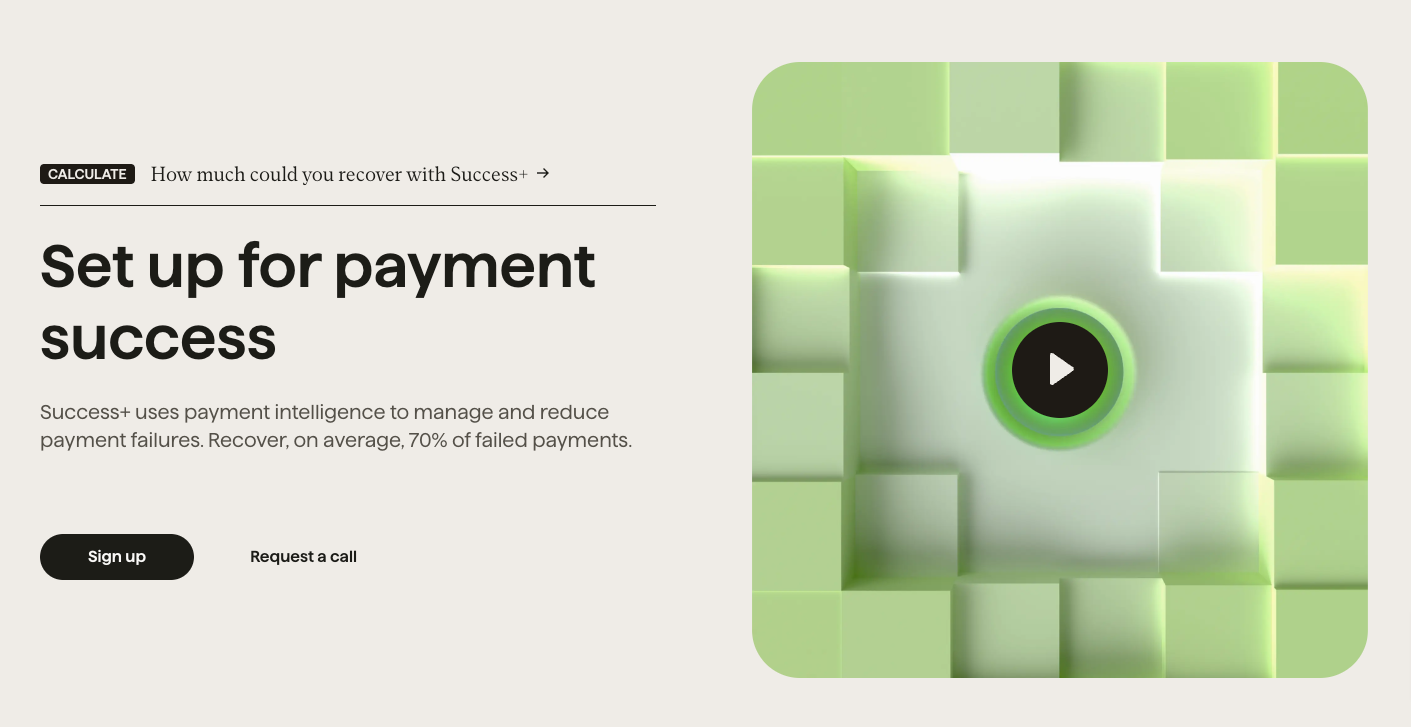
Tip #6 - Increase Conversion by Selling Indirectly
The ability to sell outcomes indirectly is not just a tactic; it's an art form.
The essence of this approach lies in the subtle but powerful shift from telling prospects about the benefits of a product to showing them the tangible impact it can have on their operations, revenue, or efficiency.
Direct claims often invite skepticism, whereas indirect suggestions inspire imagination and belief.
The Power of Indirect Selling:
Direct selling, especially when it involves bold claims like being the "number one CRM for a niche," tends to be met with skepticism.
Prospects are bombarded with similar claims daily, making them numb to such assertions.
The challenge, therefore, is to engage their imagination and lead them to the conclusion that your product is the superior choice without explicitly stating it.
This involves painting a picture of the outcomes in a way that the prospect can see themselves achieving these results with your product.
Practical Example:
Consider the scenario of a dental practice missing calls—and thereby potential business—outside of office hours.
Instead of merely stating that an AI receptionist tool can save them money and time, the narrative is constructed around the loss incurred when calls go unanswered.
By quantifying the potential loss (e.g., "every missed call could cost you a thousand dollars"), the message effectively highlights the cost of inaction.
This approach leverages the fear of loss, a potent motivator, making the solution offered by the product not just desirable but necessary.
Another innovative approach is using analytics and user feedback mechanisms within the product itself to remind users of the value they're missing by not upgrading.

Tip #7 - Showcasing the Crucial 20% That Truly Resonates
The effectiveness of a landing page can significantly influence a company's conversion rates.
Simplicity is one of the most important components of a successful landing page, yet it is often overlooked.
Rather than bombarding potential customers with every detail and feature of the product, present just enough information to pique interest and guide visitors to the next step.
The primary goal of a landing page is not to sell the product in its entirety but to entice visitors with a compelling overview that encourages them to explore further.
Say more with less:
- Show, Don't Overwhelm: overloading a page with information can deter potential leads.
- Simplify the Decision-Making Process: by offering a snapshot rather than a deep dive, companies can make it easier for prospects to decide and engage further with the product.
- Address Key Objections Proactively: incorporating elements that address key objections can transform a passive viewer into an active lead.

Every potential customer comes with a set of preconceived notions and concerns that could hinder their willingness to engage with a product.
Successful landing pages anticipate these objections and address them upfront.
This proactive strategy serves two purposes:
- Reassures visitors that their concerns are recognized
- Positions the company as attentive and customer-centric.
For instance, if a common objection is the perceived complexity of integrating a new software tool into existing workflows, a landing page might feature testimonials from users who found the process straightforward and supported.
This kind of social proof can alleviate concerns and motivate visitors to take the next step.
Practical Example:
Consider a SaaS product designed to enhance project management.
Instead of listing every feature and tool available, focus on showcasing how it simplifies project tracking, enhances team collaboration, and leads to better project outcomes.
Use visuals and brief case studies to demonstrate the benefits.
This method not only captures interest but also sets the stage for visitors to discover more by trying the product themselves.
The Role of the Landing Page in the Sales Process:
The landing page itself is not the end goal but a means to an end.
The ultimate objective is to guide visitors toward making a decision.
So, the landing page should be designed with this goal in mind, ensuring that the call-to-action (CTA) is clear, compelling, and aligned with what visitors are seeking.
This concept extends to product-led growth companies, where even free products require a degree of selling.
In this context, the landing page must convincingly communicate the value of trying the product, addressing any barriers to action, such as time investment or skepticism based on past experiences with similar tools.
Tip #8 - Minimizing Risk to Maximize Conversion
Removing perceived risk is often more straightforward and impactful than detailing the outcome.
This approach centers on simplifying the decision-making process for potential users by alleviating their concerns and highlighting ease of use.
The Challenge of Clarifying Outcomes:
Clarifying the outcome a product or service offers can be a complex task, requiring precise language and a deep understanding of the audience's needs and expectations.
It involves not just stating what the product does, but also communicating its value in a way that resonates with potential users.
This can be particularly challenging when dealing with innovative or complex solutions where the benefits are not immediately apparent.
Easing the Path to Conversion:
Contrary to the complex process of defining outcomes, mitigating risk for the user often follows a more straightforward path.
It involves clear, actionable steps that directly address common concerns and barriers to entry.
Possible actions include:
- Enhancing Call to Actions
- Addressing Objections Proactively
- Showcasing Practical Examples
Removing risk transforms the decision-making process from a calculation into an opportunity.
When potential users feel that they have nothing to lose and everything to gain, the barrier to taking the next step lowers significantly.

Tip #9 - How to Find Those “Aha Moments”
Identifying “ Aha Moments” requires a deep understanding of the user experience, often achieved through collaboration with teams directly interacting with customers, such as sales and support.
Once identified, these moments should be prominently featured on the landing page.
This could involve detailed case studies, interactive demos, or succinct bullet points that directly address common questions or concerns.
For instance, if a product offers unprecedented ease of use, showing a quick video of someone setting up a complex task in minutes can be incredibly persuasive.

Practical Example:
Illustrating how a product can solve a problem in a way that no other can, such as automating a task that typically takes hours into just a few clicks, can instantly communicate its value.
Practical examples not only aid in understanding but also help potential users envision themselves benefiting from the product.
Tip #10 - The Three Pillars for an Effective Landing Page
Creating an effective landing page is like constructing a building.
It requires a solid foundation and supportive pillars to ensure stability and function.
There are three critical pillars that, when thoroughly crafted and harmonized, can significantly enhance the page's effectiveness and conversion rates.
These pillars are:
- Results: the promise of value
- Perceived Superiority: standing out from the competition
- Risk Mitigation: lowering the barriers to adoption
This approach ensures that every element of the landing page works in harmony to support the ultimate goal:
Driving conversions and achieving business objectives.
Bonus Tip: Enhance Your Mental Reference
Just as artists draw from a vast mental library of images and concepts to create something novel and breathtaking, landing page designers and copywriters must build their own collection of inspirational references.
This mental database enables them to recognize and apply successful elements from various sources, combining them in innovative ways that resonate with their specific audience.
How to build your mental reference:
- Curate Examples: actively seek out and save examples of landing pages, ads, copy, and designs that catch your attention. some text
- Tools like Pinterest or dedicated design inspiration websites can be invaluable.
- Tools like Pinterest or dedicated design inspiration websites can be invaluable.
- Analyze What Works: don't just collect examples; study them.some text
- What makes a particular landing page effective?
- How does it engage its audience?
- How are the visuals and copy aligned to convey a compelling message?
- Learn from Various Industries: broaden your horizons by exploring successful landing pages across different sectors.
- Stay Updated: the digital landscape is ever-evolving, and so are the trends in landing page design and copywriting. Keeping up-to-date with the latest trends ensures your mental reference is not only vast but also relevant.
Conclusion:
In crafting effective landing pages, the key lies in simplicity, clarity, and focusing on the product's true value.
By enticing users with outcomes rather than overwhelming them with features, addressing their concerns upfront, and demonstrating the tangible benefits they stand to gain, companies can significantly boost conversions.
This holistic approach, from spotlighting product essence to leveraging contrast and indirect selling, transforms landing pages from mere entry points into powerful catalysts for customer engagement and success.
Resources for Mastering B2B Advertising
If you’re serious about mastering B2B advertising then you definitely need to join 1,000+ B2B marketers leveling up their paid advertising skill sets in AdConversion.
Here’s 4 reasons why you should consider joining. Every one of our on-demand courses are:
✅ 100% free access.
✅ Taught by vetted industry experts.
✅ Have workbooks, resources, and templates.
✅ Less than 10 minutes per lesson.
We believe every marketer should know how to scale paid ads so they can:
- Scale their ideas
- Level up their careers
- Make a positive impact
Click Here to Join 1,000+ B2B Marketers Today and start leveling up your advertising skill set.
Takes < 90 seconds to sign up (seriously we timed it 😂)
People Also Ask
How can I effectively measure the success of my landing page optimizations?
Utilize analytics tools to monitor key performance indicators (KPIs) like conversion rates, bounce rates, and average session duration. A/B testing different elements can also provide insights into what changes resonate with your audience.
What are common pitfalls to avoid during landing page optimization?
Avoid cluttered designs, slow load times, and unclear calls-to-action. Ensuring mobile responsiveness and aligning content with user intent are also crucial to prevent high bounce rates.
How often should I update or test my landing pages?
Regularly review performance metrics and conduct A/B tests, especially when introducing new products or campaigns. Continuous optimization helps maintain relevance and effectiveness.
What role does SEO play in landing page optimization?
Incorporating relevant keywords, optimizing meta tags, and ensuring fast load times can improve search engine rankings, driving more organic traffic to your landing page.
How can I personalize landing pages for different audience segments?
Use dynamic content to tailor messages based on user demographics, behavior, or referral sources, creating a more personalized and engaging experience.

Heading 1
Heading 2
Heading 3
Heading 4
Heading 5
Heading 6
Lorem ipsum dolor sit amet, consectetur adipiscing elit, sed do eiusmod tempor incididunt ut labore et dolore magna aliqua. Ut enim ad minim veniam, quis nostrud exercitation ullamco laboris nisi ut aliquip ex ea commodo consequat. Duis aute irure dolor in reprehenderit in voluptate velit esse cillum dolore eu fugiat nulla pariatur.
Block quote
Ordered list
- Item 1
- Item 2
- Item 3
Unordered list
- Item A
- Item B
- Item C
Bold text
Emphasis
Superscript
Subscript


Heading
Heading 1
Heading 2
Heading 3
Heading 4
Heading 5
Heading 6
Lorem ipsum dolor sit amet, consectetur adipiscing elit, sed do eiusmod tempor incididunt ut labore et dolore magna aliqua. Ut enim ad minim veniam, quis nostrud exercitation ullamco laboris nisi ut aliquip ex ea commodo consequat. Duis aute irure dolor in reprehenderit in voluptate velit esse cillum dolore eu fugiat nulla pariatur.
Block quote
Ordered list
- Item 1
- Item 2
- Item 3
Unordered list
- Item A
- Item B
- Item C
Bold text
Emphasis
Superscript
Subscript


Heading
Heading 1
Heading 2
Heading 3
Heading 4
Heading 5
Heading 6
Lorem ipsum dolor sit amet, consectetur adipiscing elit, sed do eiusmod tempor incididunt ut labore et dolore magna aliqua. Ut enim ad minim veniam, quis nostrud exercitation ullamco laboris nisi ut aliquip ex ea commodo consequat. Duis aute irure dolor in reprehenderit in voluptate velit esse cillum dolore eu fugiat nulla pariatur.
Block quote
Ordered list
- Item 1
- Item 2
- Item 3
Unordered list
- Item A
- Item B
- Item C
Bold text
Emphasis
Superscript
Subscript


Heading
Heading 1
Heading 2
Heading 3
Heading 4
Heading 5
Heading 6
Lorem ipsum dolor sit amet, consectetur adipiscing elit, sed do eiusmod tempor incididunt ut labore et dolore magna aliqua. Ut enim ad minim veniam, quis nostrud exercitation ullamco laboris nisi ut aliquip ex ea commodo consequat. Duis aute irure dolor in reprehenderit in voluptate velit esse cillum dolore eu fugiat nulla pariatur.
Block quote
Ordered list
- Item 1
- Item 2
- Item 3
Unordered list
- Item A
- Item B
- Item C
Bold text
Emphasis
Superscript
Subscript


Heading
Heading 1
Heading 2
Heading 3
Heading 4
Heading 5
Heading 6
Lorem ipsum dolor sit amet, consectetur adipiscing elit, sed do eiusmod tempor incididunt ut labore et dolore magna aliqua. Ut enim ad minim veniam, quis nostrud exercitation ullamco laboris nisi ut aliquip ex ea commodo consequat. Duis aute irure dolor in reprehenderit in voluptate velit esse cillum dolore eu fugiat nulla pariatur.
Block quote
Ordered list
- Item 1
- Item 2
- Item 3
Unordered list
- Item A
- Item B
- Item C
Bold text
Emphasis
Superscript
Subscript


Heading
Heading 1
Heading 2
Heading 3
Heading 4
Heading 5
Heading 6
Lorem ipsum dolor sit amet, consectetur adipiscing elit, sed do eiusmod tempor incididunt ut labore et dolore magna aliqua. Ut enim ad minim veniam, quis nostrud exercitation ullamco laboris nisi ut aliquip ex ea commodo consequat. Duis aute irure dolor in reprehenderit in voluptate velit esse cillum dolore eu fugiat nulla pariatur.
Block quote
Ordered list
- Item 1
- Item 2
- Item 3
Unordered list
- Item A
- Item B
- Item C
Bold text
Emphasis
Superscript
Subscript


Heading
Heading 1
Heading 2
Heading 3
Heading 4
Heading 5
Heading 6
Lorem ipsum dolor sit amet, consectetur adipiscing elit, sed do eiusmod tempor incididunt ut labore et dolore magna aliqua. Ut enim ad minim veniam, quis nostrud exercitation ullamco laboris nisi ut aliquip ex ea commodo consequat. Duis aute irure dolor in reprehenderit in voluptate velit esse cillum dolore eu fugiat nulla pariatur.
Block quote
Ordered list
- Item 1
- Item 2
- Item 3
Unordered list
- Item A
- Item B
- Item C
Bold text
Emphasis
Superscript
Subscript


Heading
Heading 1
Heading 2
Heading 3
Heading 4
Heading 5
Heading 6
Lorem ipsum dolor sit amet, consectetur adipiscing elit, sed do eiusmod tempor incididunt ut labore et dolore magna aliqua. Ut enim ad minim veniam, quis nostrud exercitation ullamco laboris nisi ut aliquip ex ea commodo consequat. Duis aute irure dolor in reprehenderit in voluptate velit esse cillum dolore eu fugiat nulla pariatur.
Block quote
Ordered list
- Item 1
- Item 2
- Item 3
Unordered list
- Item A
- Item B
- Item C
Bold text
Emphasis
Superscript
Subscript


Heading
Heading 1
Heading 2
Heading 3
Heading 4
Heading 5
Heading 6
Lorem ipsum dolor sit amet, consectetur adipiscing elit, sed do eiusmod tempor incididunt ut labore et dolore magna aliqua. Ut enim ad minim veniam, quis nostrud exercitation ullamco laboris nisi ut aliquip ex ea commodo consequat. Duis aute irure dolor in reprehenderit in voluptate velit esse cillum dolore eu fugiat nulla pariatur.
Block quote
Ordered list
- Item 1
- Item 2
- Item 3
Unordered list
- Item A
- Item B
- Item C
Bold text
Emphasis
Superscript
Subscript


Heading
Heading 1
Heading 2
Heading 3
Heading 4
Heading 5
Heading 6
Lorem ipsum dolor sit amet, consectetur adipiscing elit, sed do eiusmod tempor incididunt ut labore et dolore magna aliqua. Ut enim ad minim veniam, quis nostrud exercitation ullamco laboris nisi ut aliquip ex ea commodo consequat. Duis aute irure dolor in reprehenderit in voluptate velit esse cillum dolore eu fugiat nulla pariatur.
Block quote
Ordered list
- Item 1
- Item 2
- Item 3
Unordered list
- Item A
- Item B
- Item C
Bold text
Emphasis
Superscript
Subscript


Heading
Heading 1
Heading 2
Heading 3
Heading 4
Heading 5
Heading 6
Lorem ipsum dolor sit amet, consectetur adipiscing elit, sed do eiusmod tempor incididunt ut labore et dolore magna aliqua. Ut enim ad minim veniam, quis nostrud exercitation ullamco laboris nisi ut aliquip ex ea commodo consequat. Duis aute irure dolor in reprehenderit in voluptate velit esse cillum dolore eu fugiat nulla pariatur.
Block quote
Ordered list
- Item 1
- Item 2
- Item 3
Unordered list
- Item A
- Item B
- Item C
Bold text
Emphasis
Superscript
Subscript


Heading
Heading 1
Heading 2
Heading 3
Heading 4
Heading 5
Heading 6
Lorem ipsum dolor sit amet, consectetur adipiscing elit, sed do eiusmod tempor incididunt ut labore et dolore magna aliqua. Ut enim ad minim veniam, quis nostrud exercitation ullamco laboris nisi ut aliquip ex ea commodo consequat. Duis aute irure dolor in reprehenderit in voluptate velit esse cillum dolore eu fugiat nulla pariatur.
Block quote
Ordered list
- Item 1
- Item 2
- Item 3
Unordered list
- Item A
- Item B
- Item C
Bold text
Emphasis
Superscript
Subscript


Heading
Heading 1
Heading 2
Heading 3
Heading 4
Heading 5
Heading 6
Lorem ipsum dolor sit amet, consectetur adipiscing elit, sed do eiusmod tempor incididunt ut labore et dolore magna aliqua. Ut enim ad minim veniam, quis nostrud exercitation ullamco laboris nisi ut aliquip ex ea commodo consequat. Duis aute irure dolor in reprehenderit in voluptate velit esse cillum dolore eu fugiat nulla pariatur.
Block quote
Ordered list
- Item 1
- Item 2
- Item 3
Unordered list
- Item A
- Item B
- Item C
Bold text
Emphasis
Superscript
Subscript


Heading
Heading 1
Heading 2
Heading 3
Heading 4
Heading 5
Heading 6
Lorem ipsum dolor sit amet, consectetur adipiscing elit, sed do eiusmod tempor incididunt ut labore et dolore magna aliqua. Ut enim ad minim veniam, quis nostrud exercitation ullamco laboris nisi ut aliquip ex ea commodo consequat. Duis aute irure dolor in reprehenderit in voluptate velit esse cillum dolore eu fugiat nulla pariatur.
Block quote
Ordered list
- Item 1
- Item 2
- Item 3
Unordered list
- Item A
- Item B
- Item C
Bold text
Emphasis
Superscript
Subscript


Heading
Heading 1
Heading 2
Heading 3
Heading 4
Heading 5
Heading 6
Lorem ipsum dolor sit amet, consectetur adipiscing elit, sed do eiusmod tempor incididunt ut labore et dolore magna aliqua. Ut enim ad minim veniam, quis nostrud exercitation ullamco laboris nisi ut aliquip ex ea commodo consequat. Duis aute irure dolor in reprehenderit in voluptate velit esse cillum dolore eu fugiat nulla pariatur.
Block quote
Ordered list
- Item 1
- Item 2
- Item 3
Unordered list
- Item A
- Item B
- Item C
Bold text
Emphasis
Superscript
Subscript


Heading
Heading 1
Heading 2
Heading 3
Heading 4
Heading 5
Heading 6
Lorem ipsum dolor sit amet, consectetur adipiscing elit, sed do eiusmod tempor incididunt ut labore et dolore magna aliqua. Ut enim ad minim veniam, quis nostrud exercitation ullamco laboris nisi ut aliquip ex ea commodo consequat. Duis aute irure dolor in reprehenderit in voluptate velit esse cillum dolore eu fugiat nulla pariatur.
Block quote
Ordered list
- Item 1
- Item 2
- Item 3
Unordered list
- Item A
- Item B
- Item C
Bold text
Emphasis
Superscript
Subscript


Heading
Heading 1
Heading 2
Heading 3
Heading 4
Heading 5
Heading 6
Lorem ipsum dolor sit amet, consectetur adipiscing elit, sed do eiusmod tempor incididunt ut labore et dolore magna aliqua. Ut enim ad minim veniam, quis nostrud exercitation ullamco laboris nisi ut aliquip ex ea commodo consequat. Duis aute irure dolor in reprehenderit in voluptate velit esse cillum dolore eu fugiat nulla pariatur.
Block quote
Ordered list
- Item 1
- Item 2
- Item 3
Unordered list
- Item A
- Item B
- Item C
Bold text
Emphasis
Superscript
Subscript


Heading
Heading 1
Heading 2
Heading 3
Heading 4
Heading 5
Heading 6
Lorem ipsum dolor sit amet, consectetur adipiscing elit, sed do eiusmod tempor incididunt ut labore et dolore magna aliqua. Ut enim ad minim veniam, quis nostrud exercitation ullamco laboris nisi ut aliquip ex ea commodo consequat. Duis aute irure dolor in reprehenderit in voluptate velit esse cillum dolore eu fugiat nulla pariatur.
Block quote
Ordered list
- Item 1
- Item 2
- Item 3
Unordered list
- Item A
- Item B
- Item C
Bold text
Emphasis
Superscript
Subscript


Heading
Heading 1
Heading 2
Heading 3
Heading 4
Heading 5
Heading 6
Lorem ipsum dolor sit amet, consectetur adipiscing elit, sed do eiusmod tempor incididunt ut labore et dolore magna aliqua. Ut enim ad minim veniam, quis nostrud exercitation ullamco laboris nisi ut aliquip ex ea commodo consequat. Duis aute irure dolor in reprehenderit in voluptate velit esse cillum dolore eu fugiat nulla pariatur.
Block quote
Ordered list
- Item 1
- Item 2
- Item 3
Unordered list
- Item A
- Item B
- Item C
Bold text
Emphasis
Superscript
Subscript


Heading
Heading 1
Heading 2
Heading 3
Heading 4
Heading 5
Heading 6
Lorem ipsum dolor sit amet, consectetur adipiscing elit, sed do eiusmod tempor incididunt ut labore et dolore magna aliqua. Ut enim ad minim veniam, quis nostrud exercitation ullamco laboris nisi ut aliquip ex ea commodo consequat. Duis aute irure dolor in reprehenderit in voluptate velit esse cillum dolore eu fugiat nulla pariatur.
Block quote
Ordered list
- Item 1
- Item 2
- Item 3
Unordered list
- Item A
- Item B
- Item C
Bold text
Emphasis
Superscript
Subscript


Heading
Other Articles You May Enjoy.

B2B Advertising in 2024: The Definitive Guide
Today I’m going to give you a crash course in B2B advertising.
In this comprehensive guide I’ll cover:
- What is B2B advertising?
- 7 ways B2B differs from B2C
- 20 B2B Terms and Metrics you need to know
- Top 3 B2B Revenue Models
- B2B ad examples by revenue model
- How to create a B2B advertising strategy
- The Five Stages Model
- The Best B2B Ad Channels
- Advice from 20 B2B Advertising Experts
So if you need to get up-to-speed on B2B as quickly as possible, you’ll love this guide.
Let’s get started 🔥
What Is Business-to-Business Advertising?
B2B advertising is the process of any paid marketing efforts directed toward influencing multiple individuals within a company for a purchase decision (known as a buying committee) vs a single consumer.
7 Differences between B2B and B2C Advertising:
- Longer sales cycles (3 - 36 months)
- Larger average deal sizes (< $1,000 - $250,000+)
- More stakeholders involved in the purchase decision (ex: c-suite, finance)
- Focus on impacting the entire buyer's journey not just the first conversion (unlike B2C).
- Smaller audiences (< 300,000) with a focus on reaching the right person and company vs B2C with broad audiences ( > 300,000) as more people can purchase your product.
- B2B requires strategic alignment between marketing and sales as you’re joining forces (inbound and outbound) to win accounts.
- B2B supports multiple revenue models, the big three being; product-led, sales-led, and hybrid. Whereas e-commerce is solely product-led.
Check out more examples in the article: B2B vs B2C Advertising: 8 Differences & Examples You Need To Know.
20 B2B Terms and Metrics you Need to Know
One of the first things you realize when you get into B2B is how much jargon there is! MQL, SQL, ACV, ARR, and the list goes on!
In order to make sure you understand the language, here’s 20 B2B terms and metrics you need to know:
Unfortunately there are many more terms you’ll need throughout your B2B career 😂 and every company creates their own (it’s a constant struggle) but these 20 will give you a solid foundation. For a great list of b2b terms check out our B2B Advertising Glossary.
Top 3 B2B Revenue Models
If you’re working in B2B there are three common revenue models you’ll likely work with.
If your job is to promote this organization, understanding the revenue model is key as it will change everything from how you approach your strategy, the offers you choose, channels, and more.

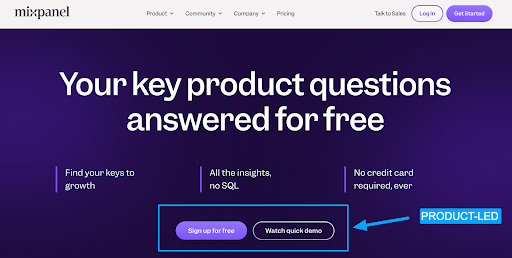

B2B Ad Examples by Revenue Model:
Sales Led
Product Led
How to build a full-funnel B2B Advertising Strategy
Now that you know how B2B differs from B2C.
How do you build a full-funnel B2B advertising strategy?
Full-funnel refers to building a strategy that covers all touch points along the customer journey.
This means advertising to individuals who are (e.g. Eugene's Schwartz Stages of Awareness):
- Unaware = have no clue they even have a problem in the first place (ex: blissfully mismanaging customer relationships)
- Problem Aware = know they have a problem but are not sure how to solve it (ex: realize managing customer relationships is important but don't know how).
- Solution Aware = need help deciding on the right solution (ex: should I use Google Sheets, a filing cabinet 😂 or a CRM?).
- Product Aware = know of your brand/product but not sure if you're the best option (ex: comparing CRM software; Salesforce vs HubSpot vs Pipedrive).
- Offer Aware = know of your brand and exactly how you can help but need some nudging (ex: pricing discounts, better contract terms, customer references).
- Most Aware = Existing customers, familiar with your brand and working with you (ex: referral program).
Understanding your prospects' stage of awareness allows you to create messaging, and offers that better resonate with where they are in the customer journey.
It helps to have a model (think of it like a map) to make complicated topics simple.
We’re going to use The Five Stages model covered in our course Building a Paid Media Program.
Here’s how it works:
Based on the stage; the outcome, awareness level, offers, tactics, and KPIs differ.
- Outcome = the end goal you're trying to achieve in each stage.
- Awareness = the familiarity level of your brand/product/solution.
- Offers = what you're providing your target audience in each stage.
- Tactics = how you're going to actually execute your strategy per stage.
- KPIs = how you're going to measure success in each stage.
Let's dive into examples for each stage so you really understand!
The Five Stages Model
Stage 1: Create
Stage 2: Capture
Stage 3: Accelerate (Sales Led) / Activate (Product Led)
Stage 4: Revive
Stage 5: Expand
The Five Stages model allows you to plan across all the lifecycle stages past initial conversion.
Ultimately no one knows for certain where someone is in their buyer's journey and everyone moves through it at different speeds. Use your best judgment.
If you're confused on which stage someone would be, remember the target audience's level of awareness dictates the stage they fall under.
Which stage should you invest in?
Generally speaking if you want to maximize ROI in the short-term you should work from the bottom of the Five Stages and move towards the top (Expand → Create).
You don't have to build a full-funnel strategy at once, take it one stage at a time.
Putting The Five Stages into practice
- Decide on which stage you want to focus on based on the outcome you’re after. If you have a smaller budget (ex: < $5,000/month) focus exclusively on one stage first.
- Once you’ve decided on the stage fill in your budget, and leading + lagging KPIs. If you’re unsure of what KPIs to select refer to Module 5- Lesson 1 of Building a Paid Media Program.
- Next decide on which channels you’ll advertise on to reach individuals in this stage and how you’ll target them and exclude the wrong audience. If you’re unsure of what channels to advertise on, refer to Choosing the BEST channels.
- Finally decide on what offers you’re going to promote in these channels for this stage (the offers listed above are only examples to give you ideas).
- If you’re targeting multiple stages repeat steps 1-4 for each.
Click here to become an AdConversion student and get free access to The Five Stages planning template in Module 2 - Lesson 1 where we cover how to build your paid media strategy in depth.

After you’ve filled in The Five Stages planning template you now have your strategy in place and can easily move into execution and start assembling your campaigns, creatives, and messaging.
What are the BEST B2B advertising channels?
The obvious answer is where your audience hangs out online!
But not all channels are equal, some are more effective at certain stages.
Most channels can be grouped into these 5 primary categories ↓
How to decide on the best channel?
There's four key criteria to consider when deciding on a channel:
- Targeting options
- Media cost
- Reach
- Policy
Let's dive into each ↓
If the channel you’re considering meets all four of these criteria then you should consider running a test campaign for $100 to get your real average CPC & CPM.
Recommended Channels by Stage
Based on my experience these channels work best for each stage:
(Use this as inspiration not restriction)
Let this be a guide to help you get started, take what serves you and abandon the rest.
Test what works for you until proven otherwise.
Advice from 20 B2B advertising experts
One of the best parts about being in B2B is the quality of marketers in this space.
We asked 20 B2B advertising experts:
What’s 1 tip you’d share with new marketers getting into B2B advertising?

50+ Ad Specs for The Top 10 Ad Platforms
Have you ever wondered what dimensions does that ad require? 🤔
Then started searching to find the answer? (same here lol)
To save you (and ourselves) trouble, we gathered the most popular ad specs across 10 channels in one place:
- Google Display Ad Specs
- LinkedIn Ad Specs
- Twitter (X) Ad Specs
- Quora Ad Specs
- Reddit Ad Specs
- YouTube Ad Specs
- Google Discovery / Demand Gen Ad Specs
- TikTok Ad Specs
- Meta Ad Specs
⭐️ Bookmark this article and refer back to it when you need ad specs.
Google Display Ad Specs
Source: support.google.com
Browse examples at adstransparency.google.com
LinkedIn Ad Specs
Source: business.linkedin.com
Browse examples at: linkedin.com/ad-library/home
X (Twitter) Ad Specs
Source: business.twitter.com
- You can request to have video lengths increased up to 10 minutes
- Carousel can use images or videos but must be in the same aspect ratio (ex: 1:1 or 16:9)
Quora Ad Specs
Source: image ads, video ads
Reddit Ad Specs
Source: reddit.my.site.com
* Headlines will be truncated to 100 characters on mobile/mobile web for the conversation placement.
Youtube Ad Specs
Source: support.google.com
Browse examples at adstransparency.google.com
Google Discovery / Demand Gen Ad Specs
Source: support.google.com
Browse examples at adstransparency.google.com
TikTok Ad Specs
Source: ads.tiktok.com
Browse examples at library.tiktok.com/ads
Meta Ad Specs (Facebook/Instagram)
Source: business.facebook.com
Browse examples at: www.facebook.com/ads/library
Resources for Mastering B2B Advertising
Hope you found this ad specs article useful!
If you’re serious about mastering B2B advertising then you definitely need to join 1,000+ B2B marketers leveling up their paid advertising skill sets in AdConversion.
Here’s 4 reasons why you should consider joining. Every one of our on-demand courses are:
✅ 100% free access.
✅ Taught by vetted industry experts.
✅ Have workbooks, resources, and templates.
✅ Less than 10 minutes per lesson.
We believe every marketer should know how to scale paid ads so they can:
• Scale their ideas
• Level up their careers
• Make a positive impact
Click Here to Join 1,000+ B2B Marketers Today and start leveling up your advertising skill set.
Takes < 90 seconds to sign up (seriously I timed it 😂)
People Also Ask
How often do ad platforms update their ad specifications, and how can I stay informed about these changes?
Ad platforms periodically update their ad specs to accommodate new features or policies. To stay informed, regularly check the official guidelines of each platform and subscribe to their newsletters or blogs for updates.
What are the common pitfalls to avoid when designing ads to meet platform specifications?
Common pitfalls include using incorrect dimensions, exceeding file size limits, and neglecting safe zones, which can lead to ad disapproval or poor display. Always adhere to the latest specifications and test your ads across devices.
How can I ensure that my ad creatives are optimized for both desktop and mobile viewing?
Design responsive ads that adapt to various screen sizes. Utilize platform-specific preview tools to see how your ads render on different devices, ensuring readability and visual appeal across all formats.
Are there tools available to streamline the creation of ad creatives that comply with multiple platform specifications?
Yes, tools like Canva, Adobe Creative Cloud, and Figma offer templates tailored to various platform specs, simplifying the design process and ensuring compliance.
How do ad specifications impact the performance and effectiveness of my advertising campaigns?
Adhering to specifications ensures that your ads display correctly, preventing issues like cropping or distortion. Properly formatted ads enhance user experience, leading to better engagement and higher conversion rates.

3 Powerful Strategies For Scaling SaaS Google Ads You Need To Know
Google Ads is a blessing and a curse.
You're blessed with intent and cursed with scale.
It’s a powerful channel for scaling pipeline for SaaS startups but low search volume is a challenge.
In this article you’re going to learn 3 powerful strategies for scaling your SaaS google ads further.
This won’t solve your limited search volume issues that's just the nature of your target keywords and B2B SaaS but these strategies will help you squeeze more performance from your account.
Let’s dive into it 👇
TABLE OF CONTENTS
- Strategy #1: Broad Match Discovery
- Strategy #2: Advertising outside of English
- Strategy #3: Industry campaigns
Strategy #1: Broad Match Discovery
Before you click away I’m not talking about using broad match in the traditional sense.
Where you let Google show your ads for WHATEVER they think is relevant.
Broad match discovery is where you combine broad match keywords AND an audience.
It essentially means you’re giving Google the flexibility to show your ads for whatever they feel is relevant but within the confines of your targeted audience.
I would not recommend testing this approach unless you have:
- Strong negative keyword lists
- Proven converting phrase match keywords
- Significant conversion volume (> 15/month)
The benefit is you get to scale your top keywords safely past phrase match.
How to implement broad match discovery:
Step 1: Find proven converting phrase match keywords
Review your performance across converting phrase match keywords to identify which you’re going to prioritize testing with broad match discovery.
Don’t rely on “total conversions” make sure you’re viewing performance by keyword based on the custom metrics that matter for your business (ex: Demo, Trial, SQL, SAL, Opp, etc).
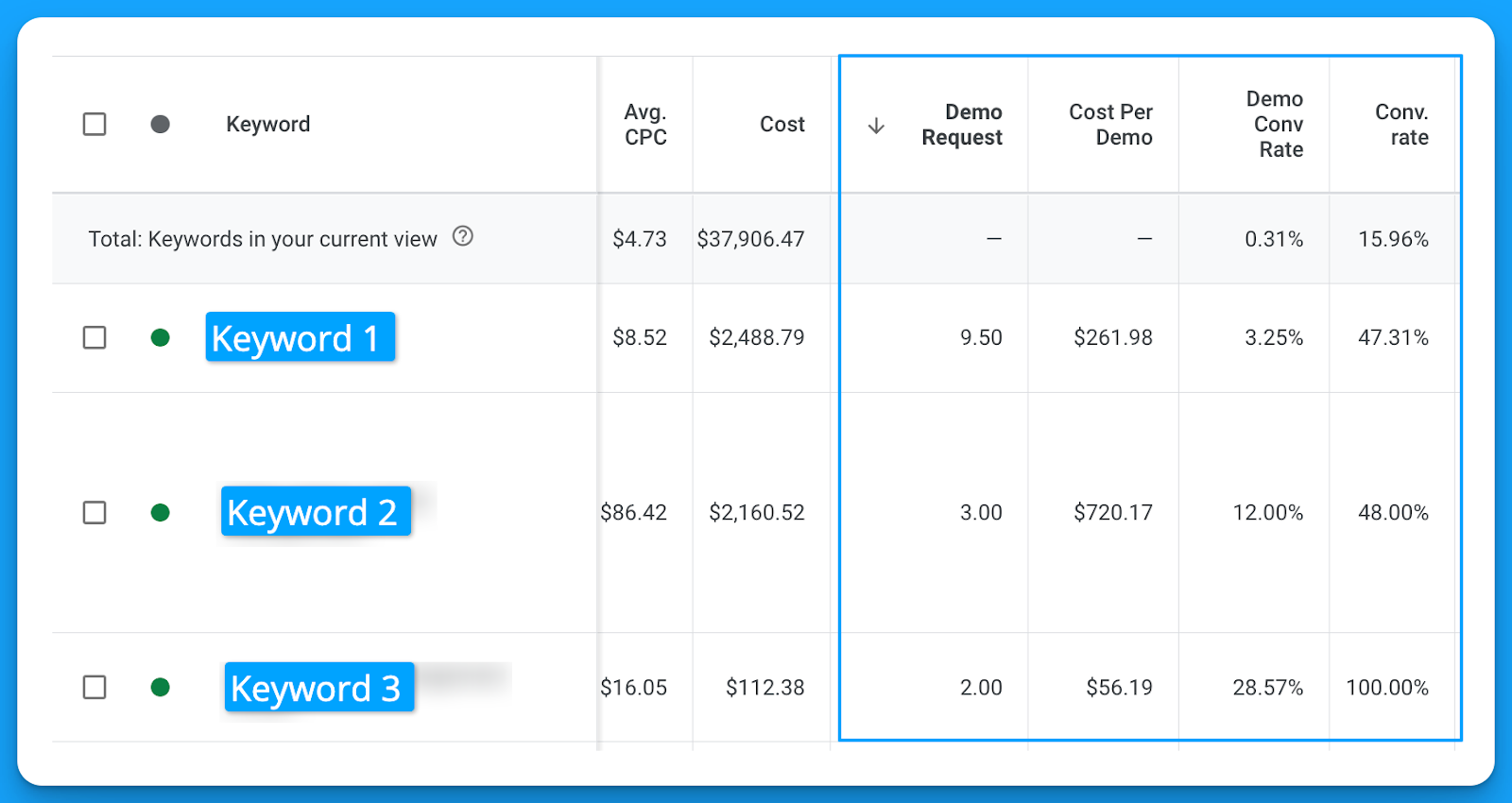
Once you’ve identified some worthwhile keywords it’s time for step 2.
Step 2: Brainstorm your targeted audiences
Google has 5 audience types you can leverage for targeting in your search campaigns.
- Your data = website visitors or contact lists
- In-market = people actively researching a given topic
- Life events = people who’ve accomplished a life milestone (ex: create a business, get married)
- Detailed demographics = industries, company sizes, education level.
- Affinity = people who are interested in a certain topic

You can use a mixture of all these different types of audiences to layer on top of your broad match discovery campaigns.
If you’re dealing with < 500 searches/month for your keywords I recommend clustering a minim of 10-15 audiences on top of your campaigns to help with delivery.
Step 3: Setup a campaign experiment
The safest way you can test broad match discovery is in a 50/50 experiment alongside your top converting phrase match campaign.
You can easily AB test in Google Ads using the campaign experiments feature.
Located under Campaigns > Experiments
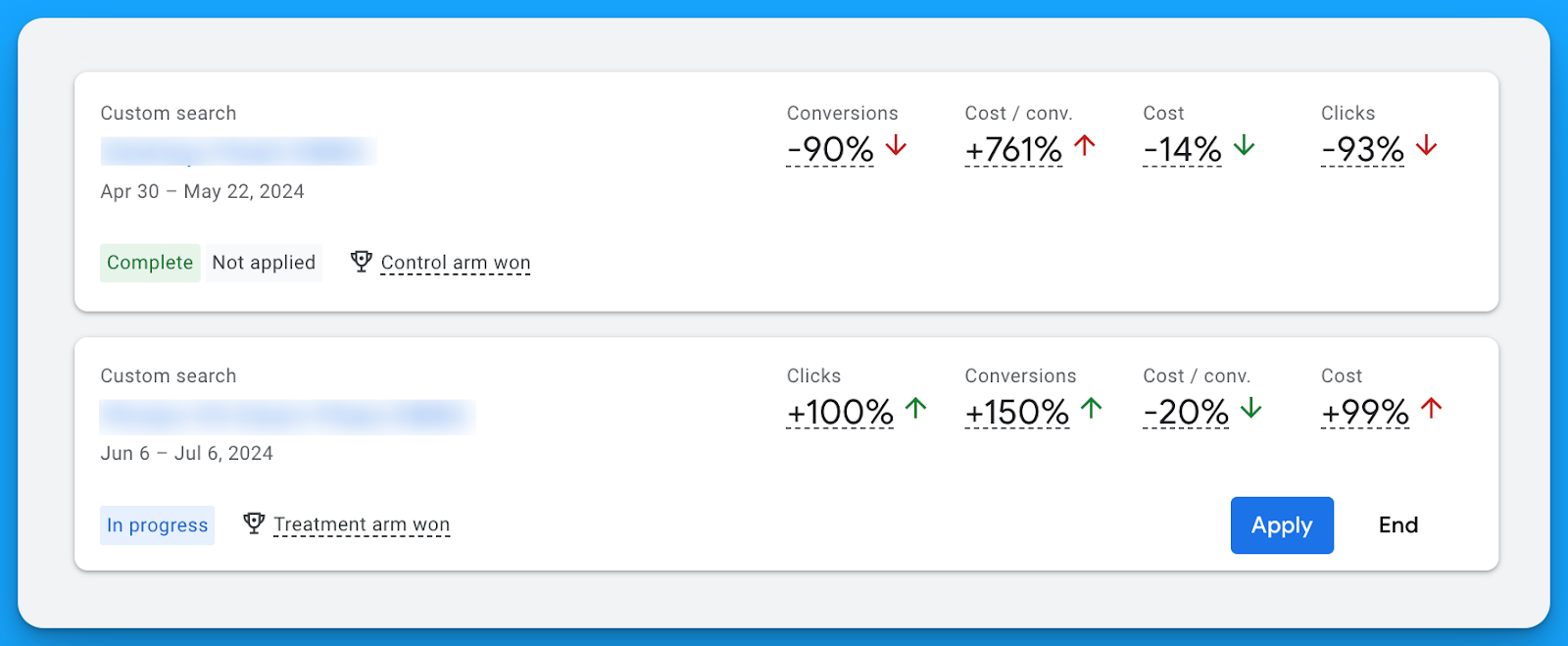
Using this feature build an experiment splitting the traffic by 50% for your original campaign vs the experiment version using broad match AND the targeted audiences you brainstormed in step 2.
Strategy #2: Advertising outside of English
English is the most competitive language in the world with the majority of advertisers.
We’ve seen reductions of up to 70% in our average CPC targeting other languages.
If your company has the resources to sell in multiple languages – take advantage of localization!
Localization campaigns are when you target keywords, write ad copy, and design landing pages that all are in your audience's native language (ex: Spanish, German, Portuguese).
You’ll reap the benefits of lower costs due to less competition.
The downside however with localization is search volume.
If you’re already advertising in English outside of North America and finding success, definitely recommend testing this strategy.
How to implement localized campaigns:
Step 1: Find proven converting phrase match keywords
Review your performance across converting phrase match keywords to identify which you’re going to prioritize testing with broad match discovery.
Don’t rely on “total conversions” make sure you’re viewing performance by keyword based on the custom metrics that matter for your business (ex: Demo, Trial, SQL, SAL, Opp, etc).

Step 2: Brainstorm your targeted languages
Ask your internal team what languages your sales team is able to sell in.
Based on your options make a list of potential languages.
Next, if you’re advertising outside of North America, review the top performing countries and identify their local languages and see if you have the internal resources that can speak that language.
If you can’t sell in this language then this strategy won’t make sense.
Step 3: Hire a local translator
Don’t make the mistake of relying on Google Translate to perform the bulk of your translation.
You’ll want to hire a translator that grew up in the area in which you want to advertise.
For instance, if you’re advertising in Portuguese.
The dialect for Europeans living in Portugal and those living in Brazil is very different.
A local Brazilian can tell if it’s not their dialect just like a native Portuguese.
I recommend hiring locals off Upwork can be as low as $12/hour depending on the language.
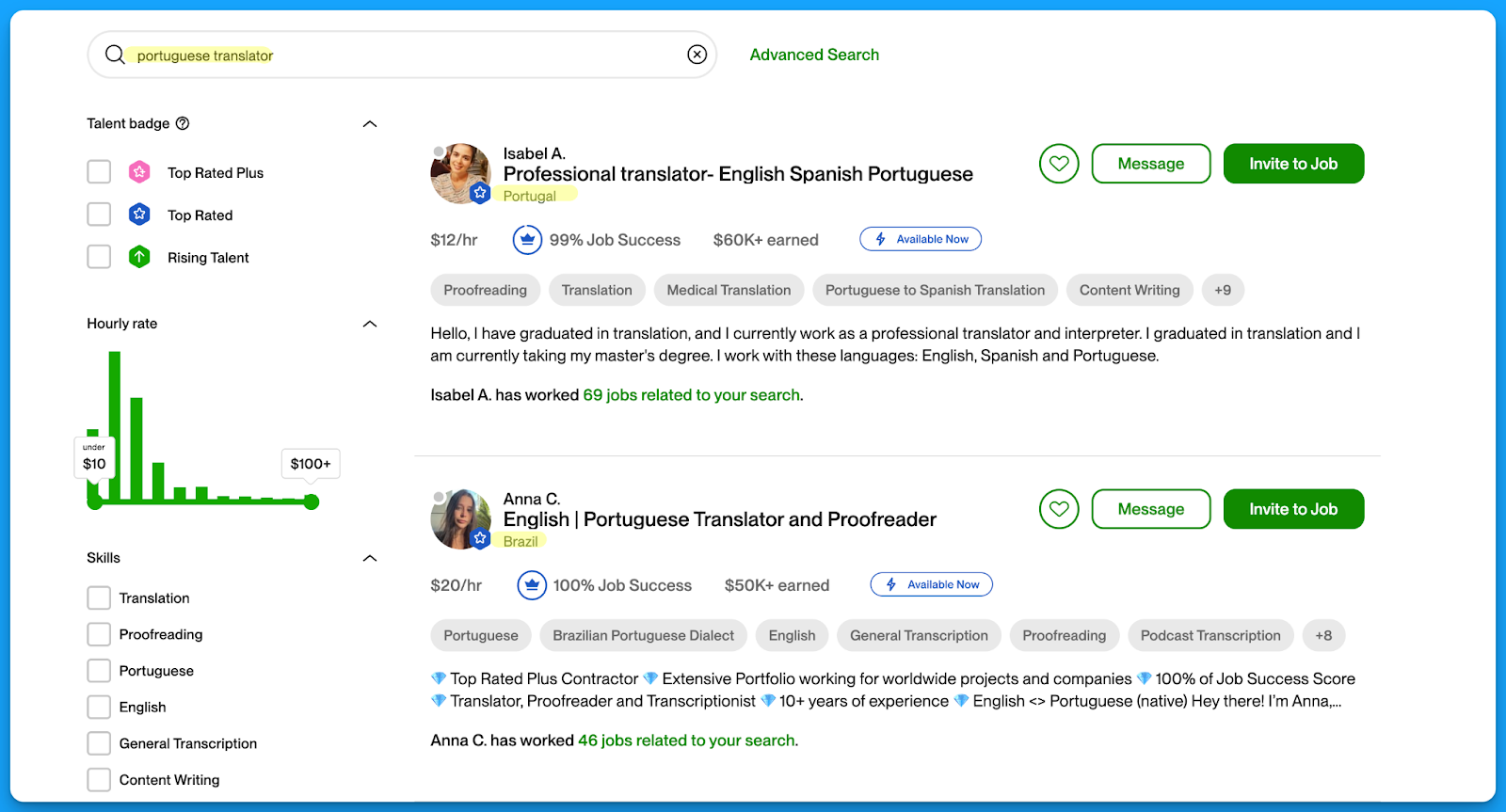
These translations will make a world difference in your ad and landing page copy.
Strategy #3: Industry campaigns
Industry campaigns can be great for coverage and quality.
This is where you’re going to bid on a desired keyword and add a related industry term.
For example, let’s say bidding on the keyword “crm software” here’s how you can modify this keyword to make it industry specific:
- healthcare crm software
- crm software for fintech
- crm software for small businesses
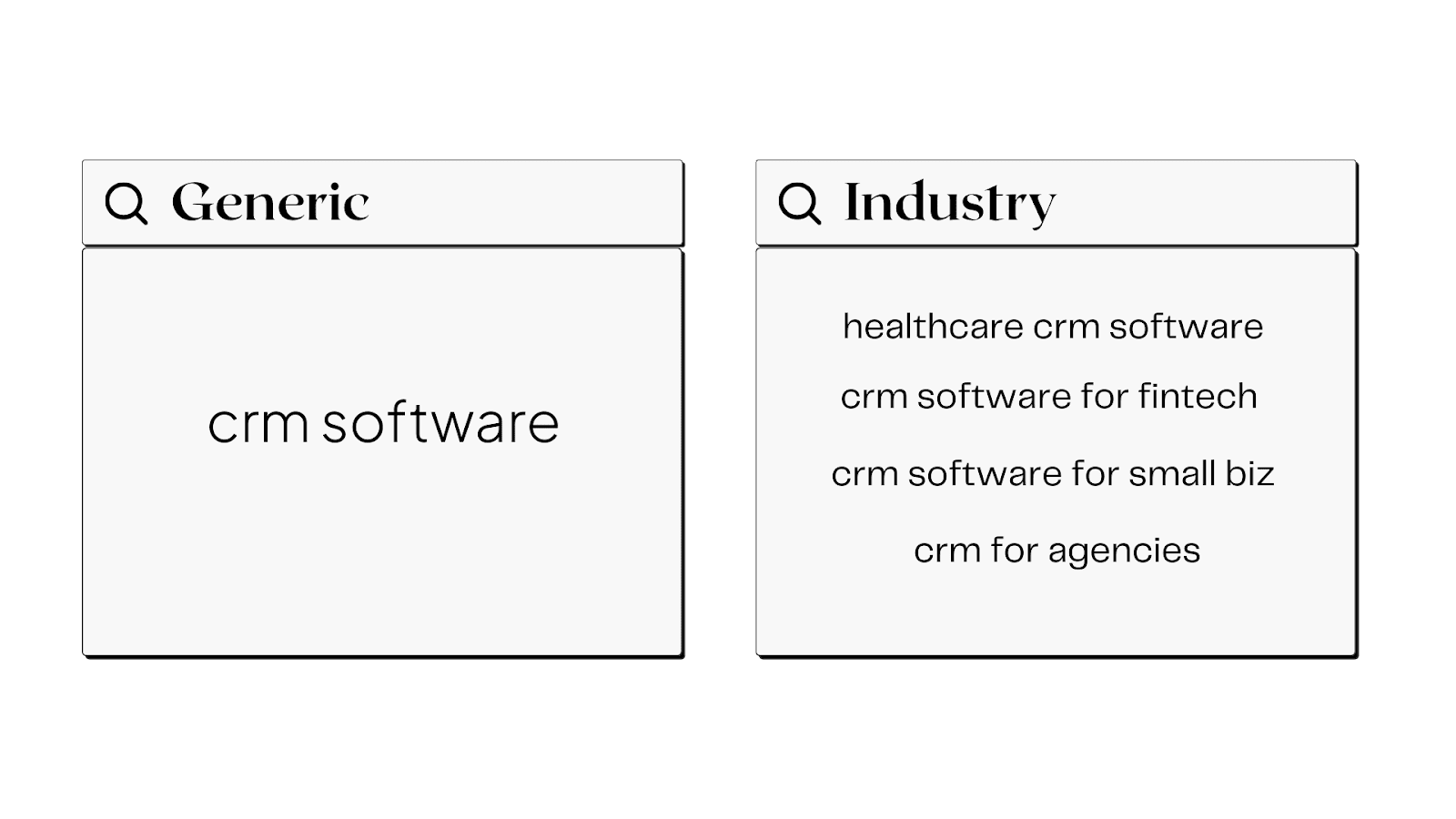
The benefits of industry campaigns:
- Personalized ad copy that can yield greater CTRs
- Higher quality leads due to a more qualified search term
- Lower cost per click prices due to less competition
The downside however is search volume (the constant struggle of Google for SaaS 😅).
How to implement industry campaigns:
Step 1: Find proven converting phrase match keywords
Just like the other strategies we’re going to identify proven keywords first that we can create industry variations for.
Step 2: Brainstorm your target industries
Run a win rate analysis in your CRM and understand which industries have the shortest sales cycles and largest deal sizes? Based on your findings, prioritise the industries in which you want to target.
Step 3: Build and prevent keyword overlap
Once you have your keywords and target industries you’re ready to build your campaigns.
Make sure to add your industry terms as negative keywords in your generic non-brand campaigns.
Otherwise you can have people seeing your generic ads for your industry terms.
Hope you found this article helpful!
Best of luck scaling your Google Ads campaigns for your SaaS.
From Clicks to Conversions: Master Google Ads for B2B 🔥
If you want to become a Google Ads pro, check out our free B2B Google Ads courses, where you'll learn how to launch, optimize, and scale your campaigns to drive pipeline and revenue.

Here's what you'll learn in each course:
⚙️ B2B Google Ads 101 - How to Launch Dangerously Effective Campaigns for Beginners
- The Googleverse: The Game You're Playing & How To Win
- Measurement: How to Make Sure You're Profitable
- Targeting: How to Show Up For the Right Searcher
- Planning: Putting It All Together
🎯 Google Ads 102 - How to Clicks Into Profit
- Visibility: How To Find the Hole Sucking Profits
- Workflows: How to Optimize On a Daily, Weekly, Monthly & Quarterly Basis
- Experimentation: How to Test & Automate Profitability
- Troubleshooting: How To Solve Inevitable Problems
🚀 Google Ads 103 - How to Scale Google Ads For Advanced Advertisers
- Methodology: How to Vertically Scale Google Ads From A-Z
- Campaigns: Scaling Horizontally Through Campaign Themes
- Channels: Scaling Outside of Paid Search
Click Here to Join 1,000+ B2B Marketers Today and start leveling up your advertising skill set.
Takes < 90 seconds to sign up (seriously we timed it 😂)
People Also Ask
How can I effectively measure the success of my Google Ads campaigns for SaaS products?
Utilize key performance indicators (KPIs) such as conversion rates, cost per acquisition (CPA), and return on ad spend (ROAS). Implement tracking tools like Google Analytics to monitor user behavior and campaign performance.
What are the best practices for creating compelling ad copy that resonates with my target audience?
Focus on highlighting unique selling propositions (USPs), addressing customer pain points, and including clear calls-to-action (CTAs). A/B testing different ad variations can help determine what resonates most with your audience.
How can I optimize my landing pages to improve conversion rates from Google Ads traffic?
Ensure landing pages are relevant to the ad content, load quickly, and have a clear, concise design. Incorporate strong CTAs and minimize distractions to guide users toward the desired action.
What role does keyword research play in the success of Google Ads for SaaS, and how should I approach it?
Keyword research is crucial for targeting the right audience. Use tools like Google Keyword Planner to identify high-intent keywords relevant to your SaaS product, and consider long-tail keywords to capture more specific search queries.
























%20-%20new%20v2.png)








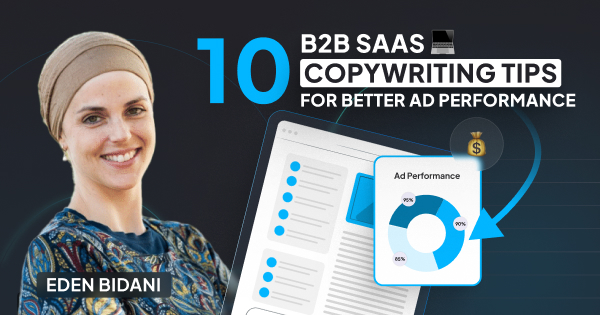

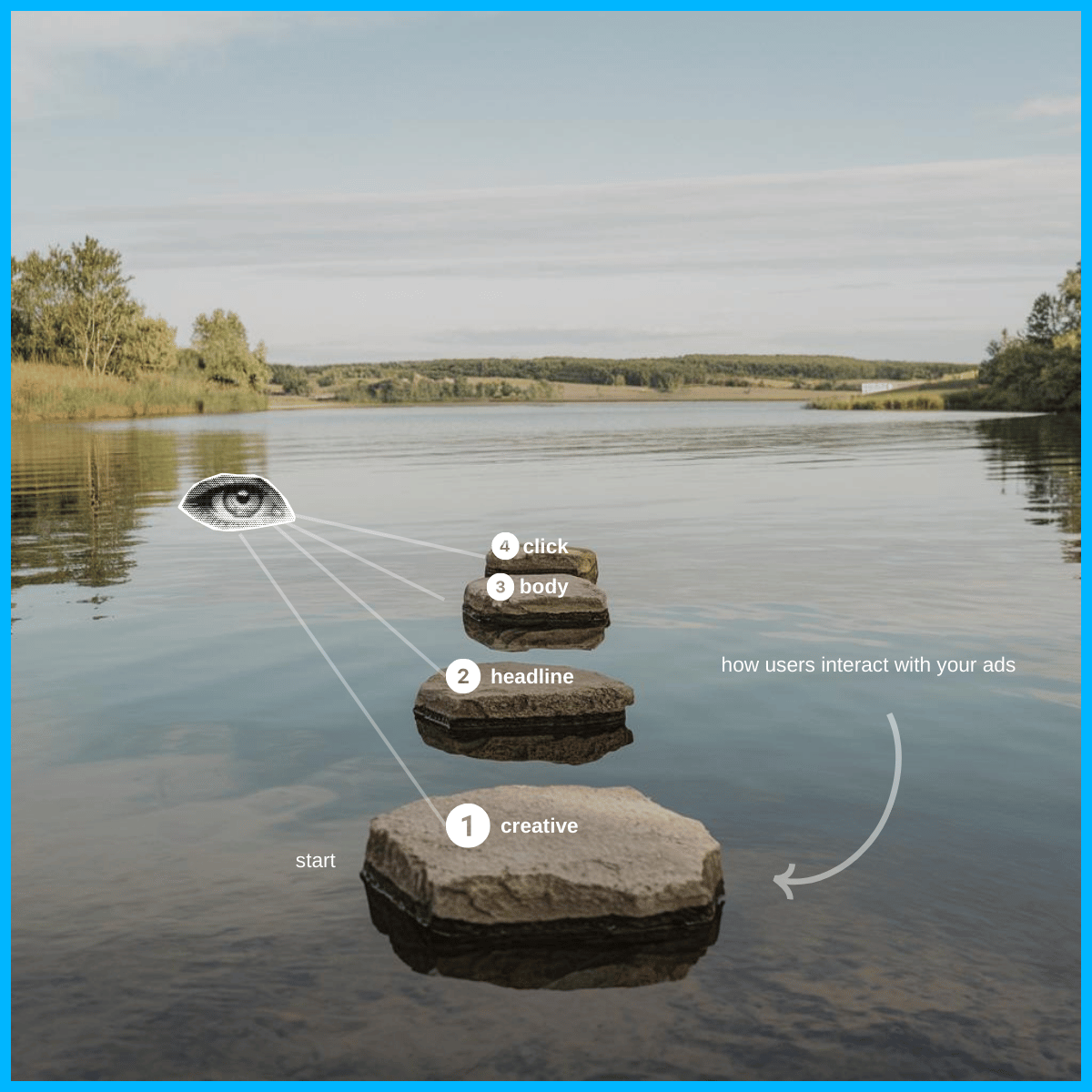


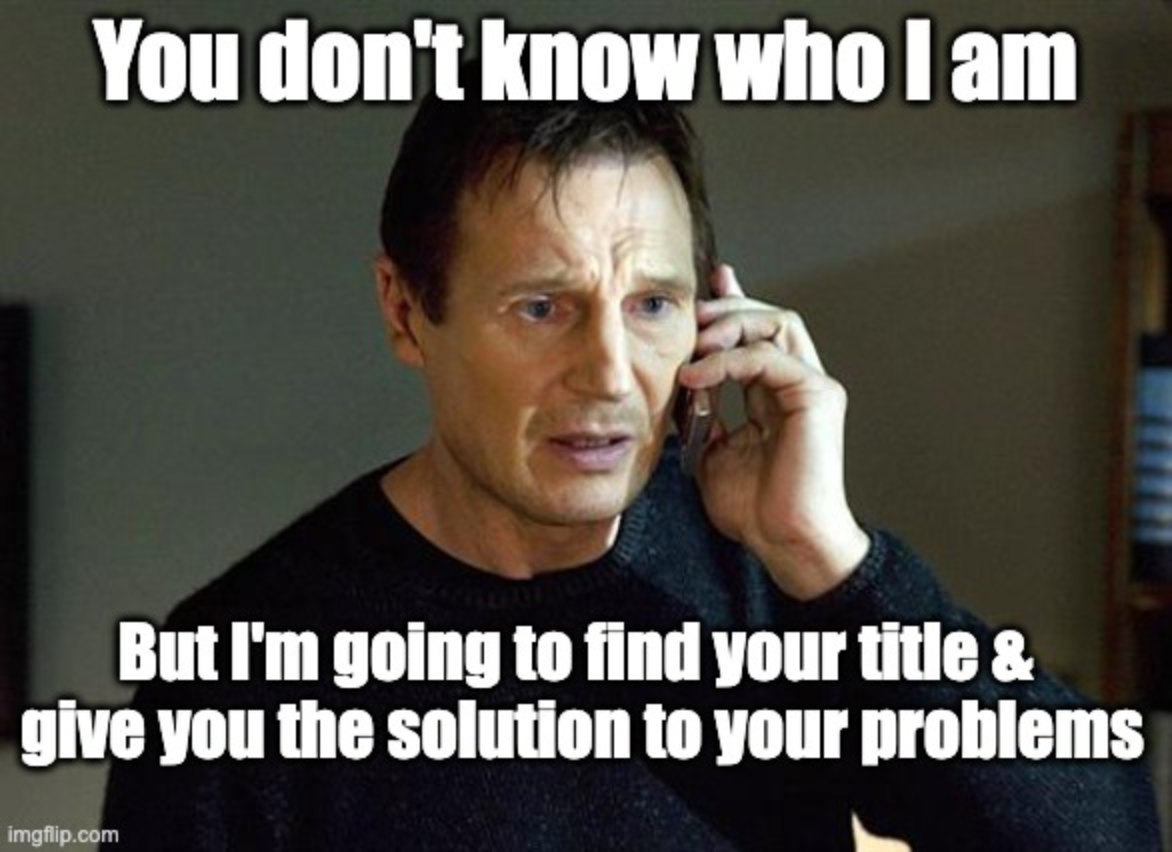
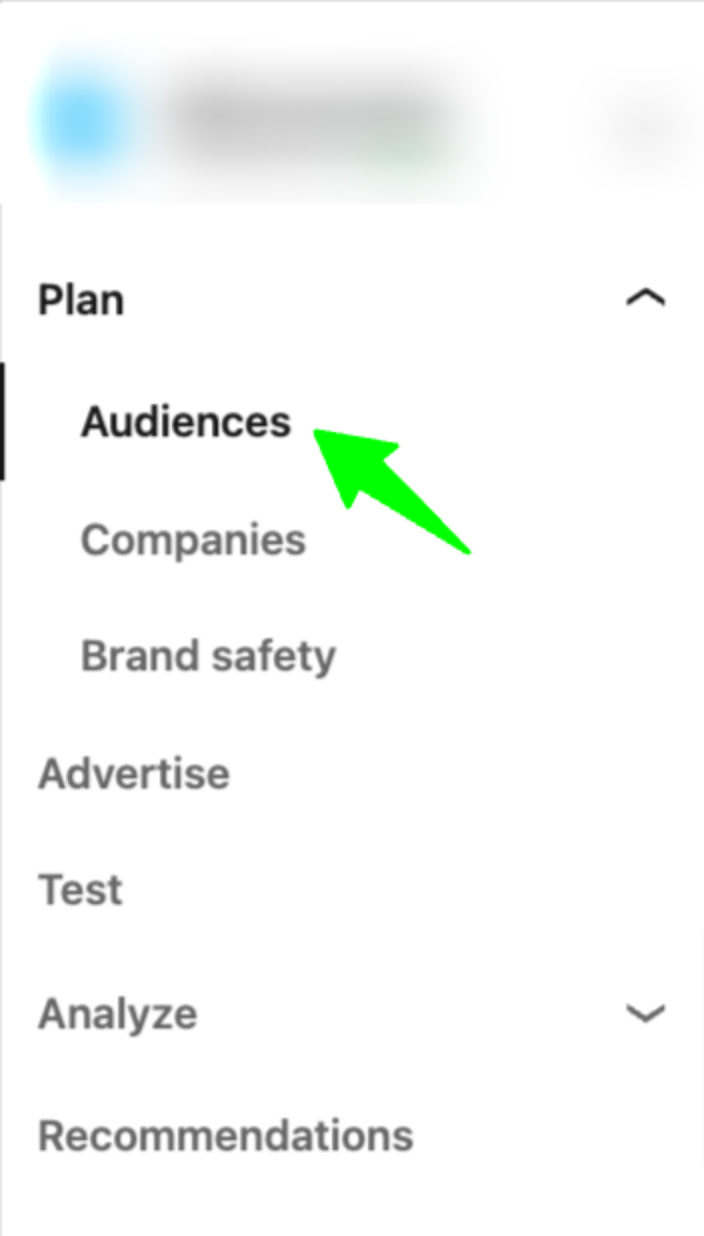
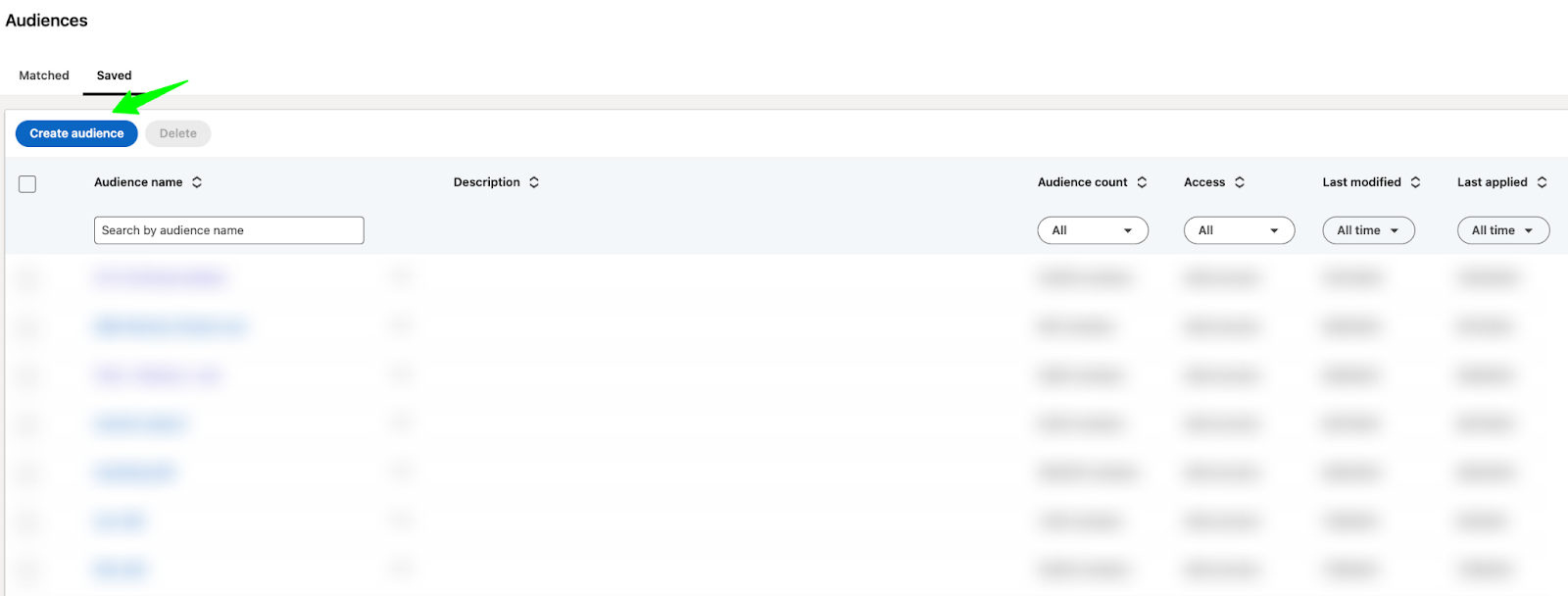


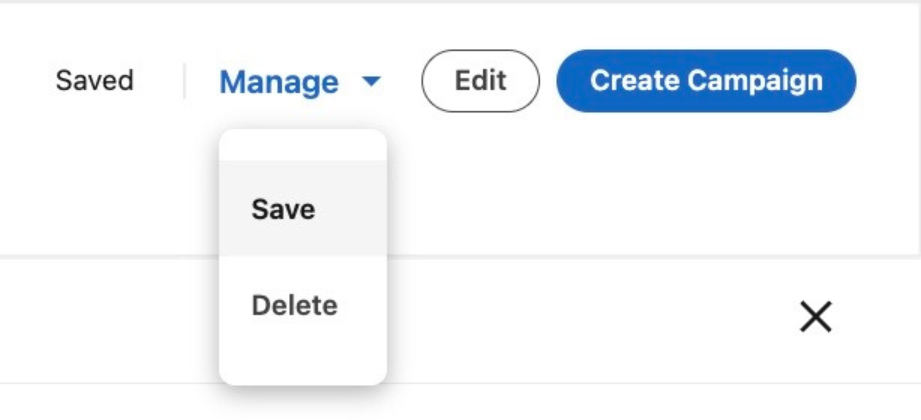

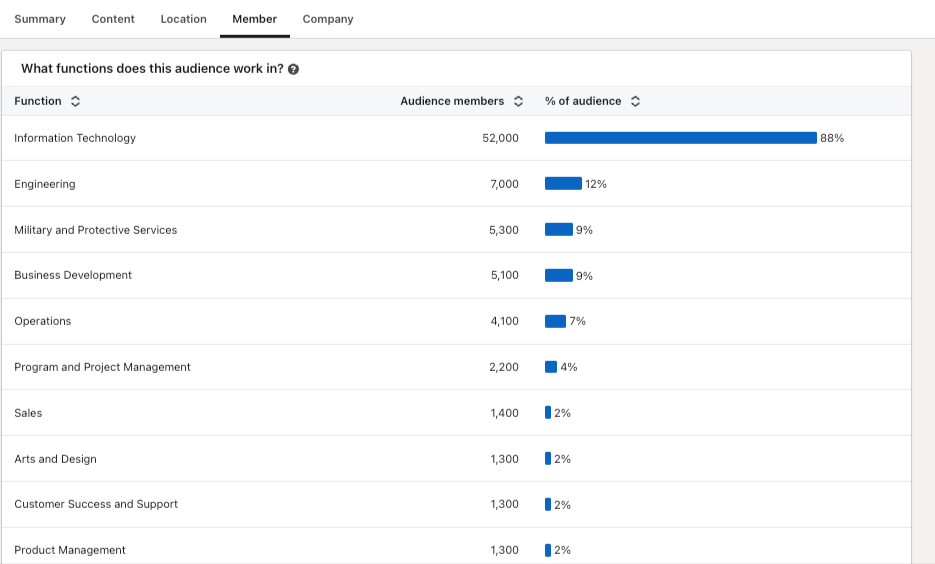
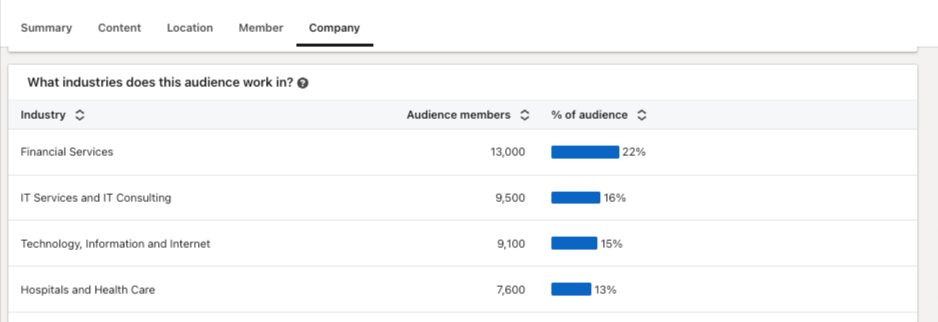

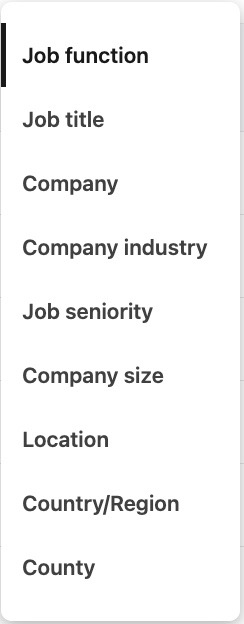
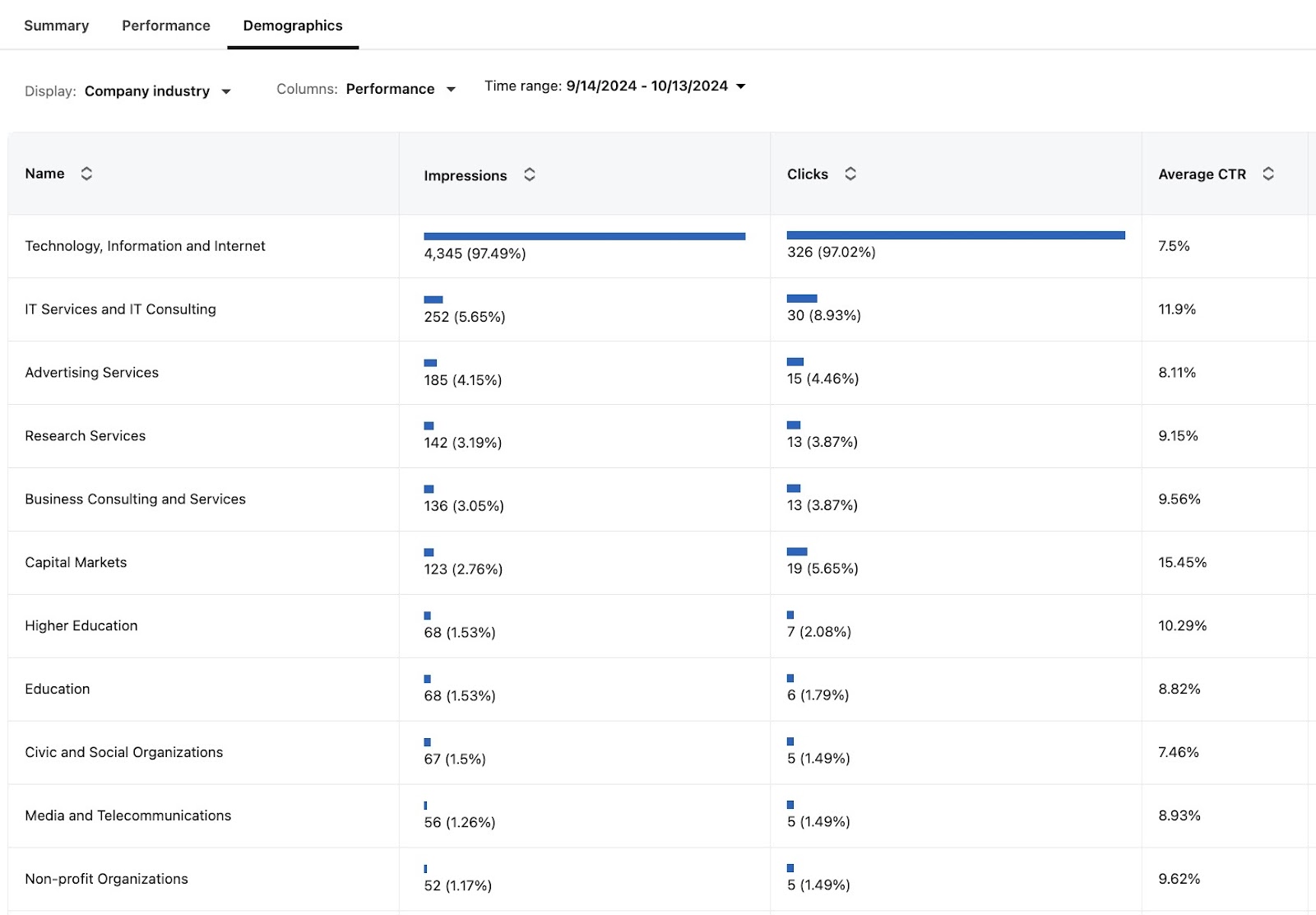
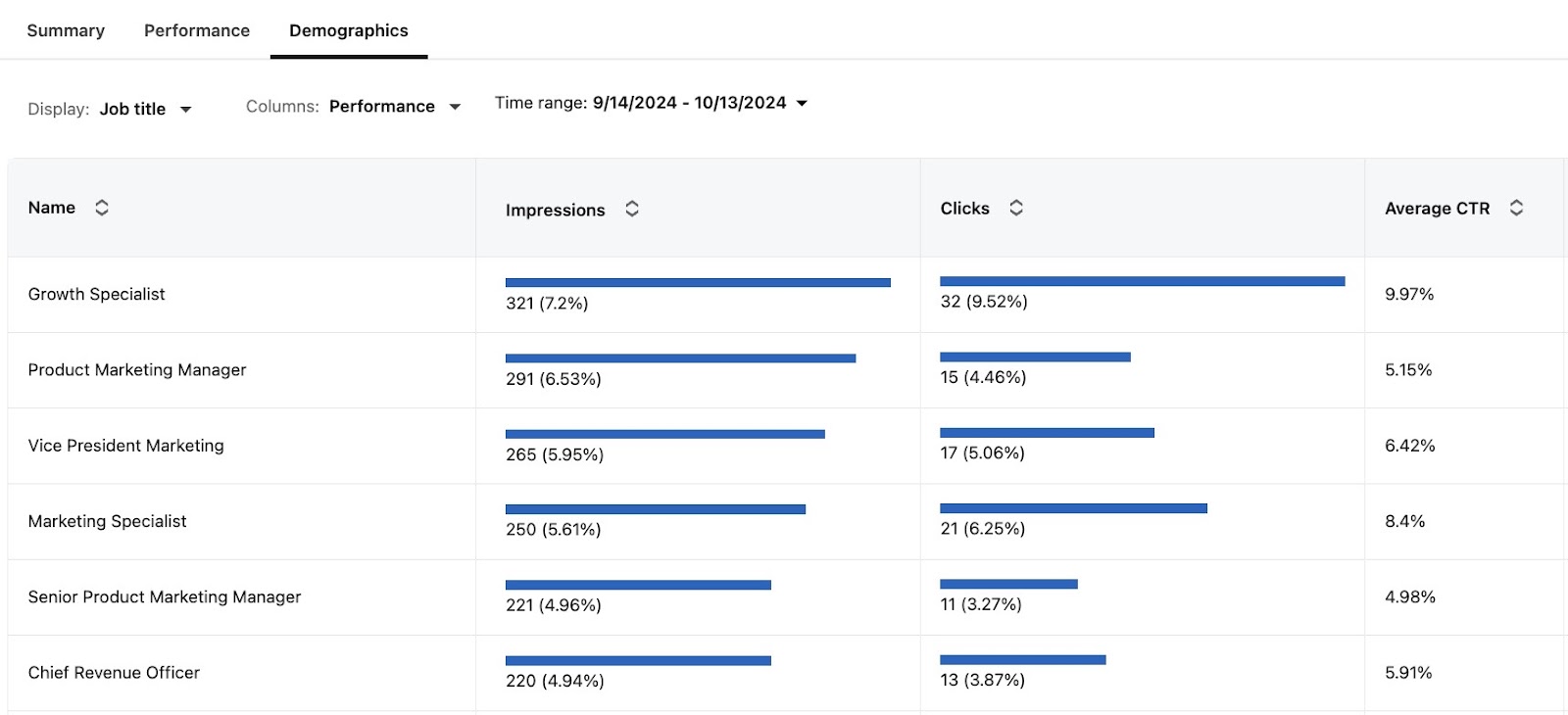
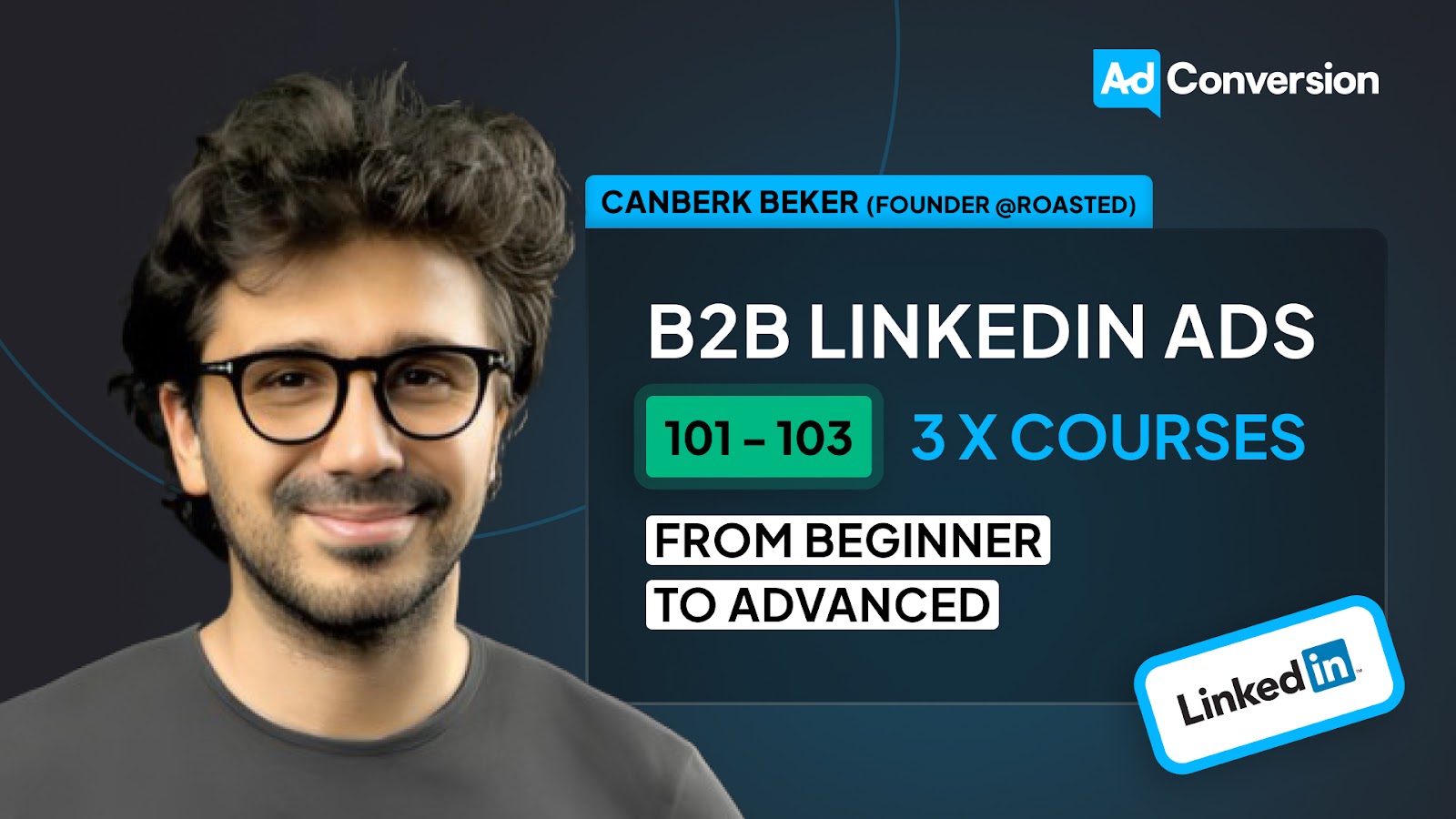

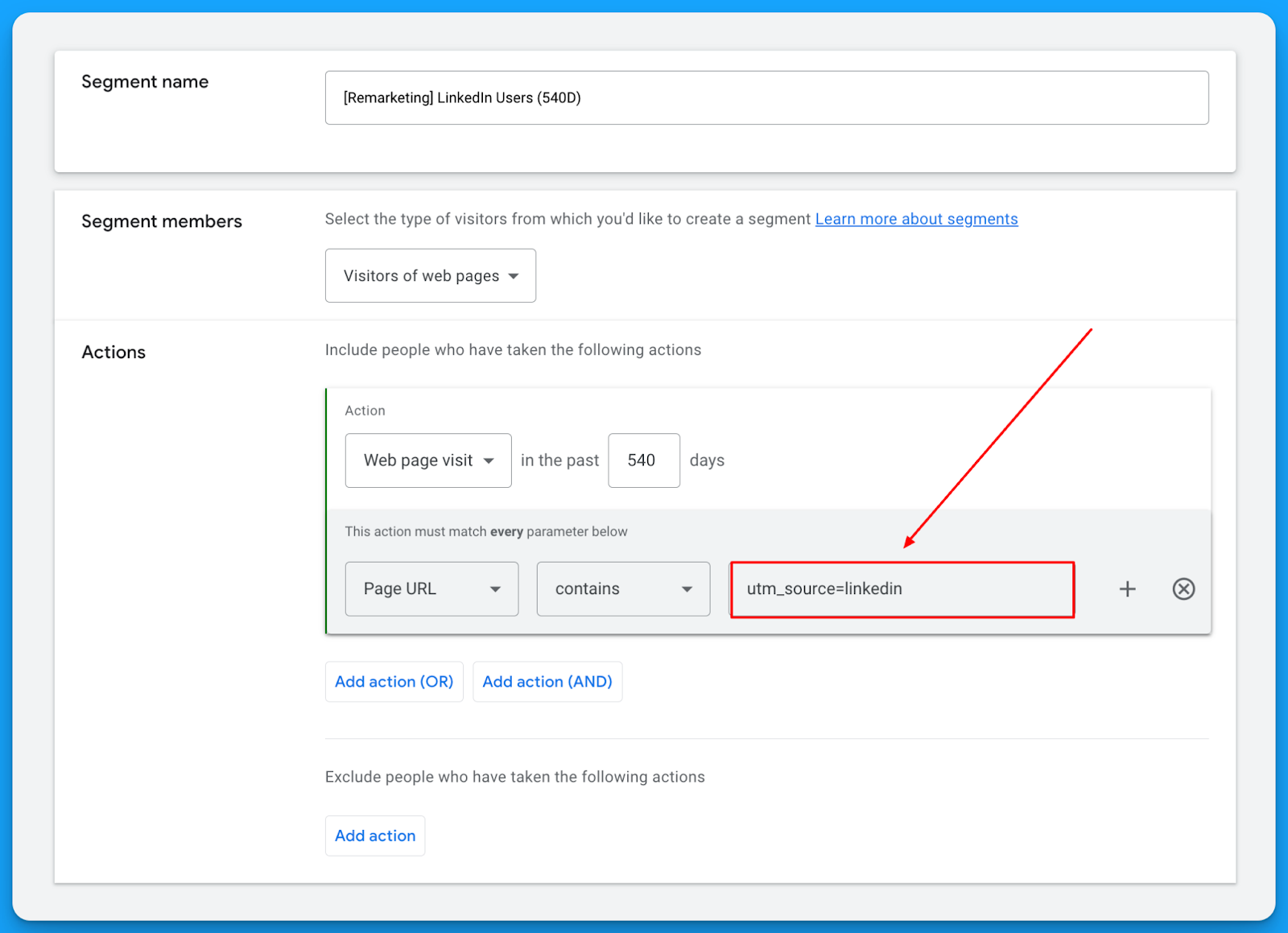

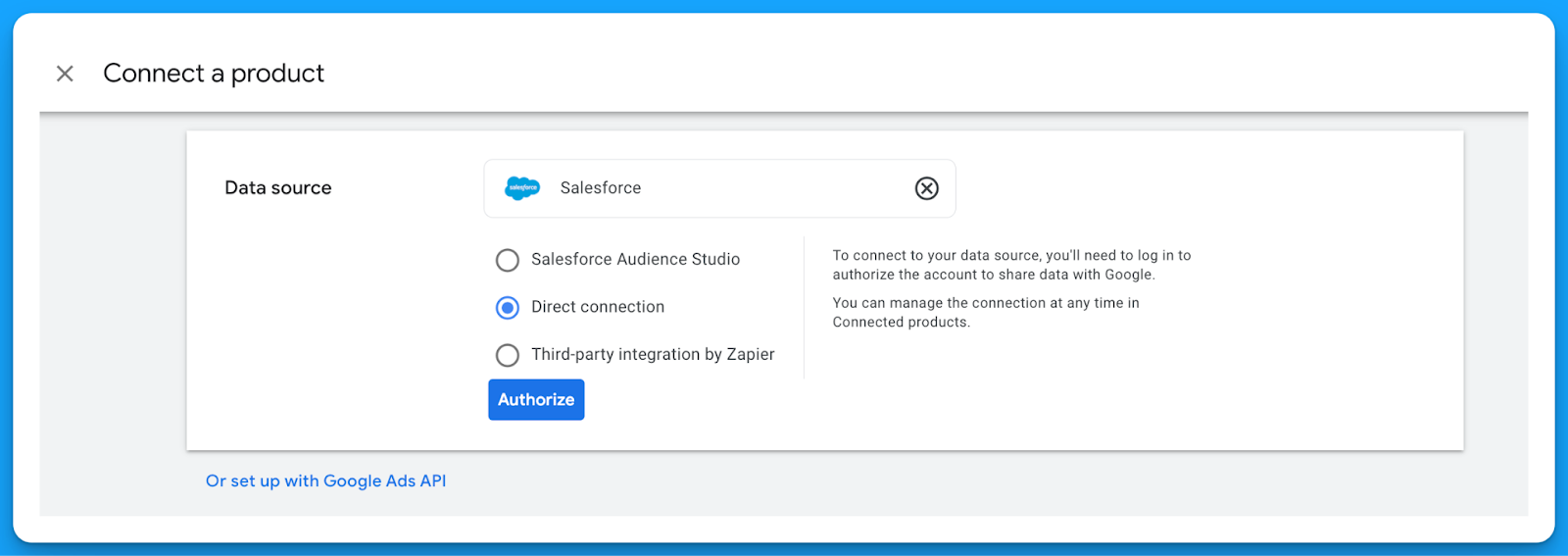
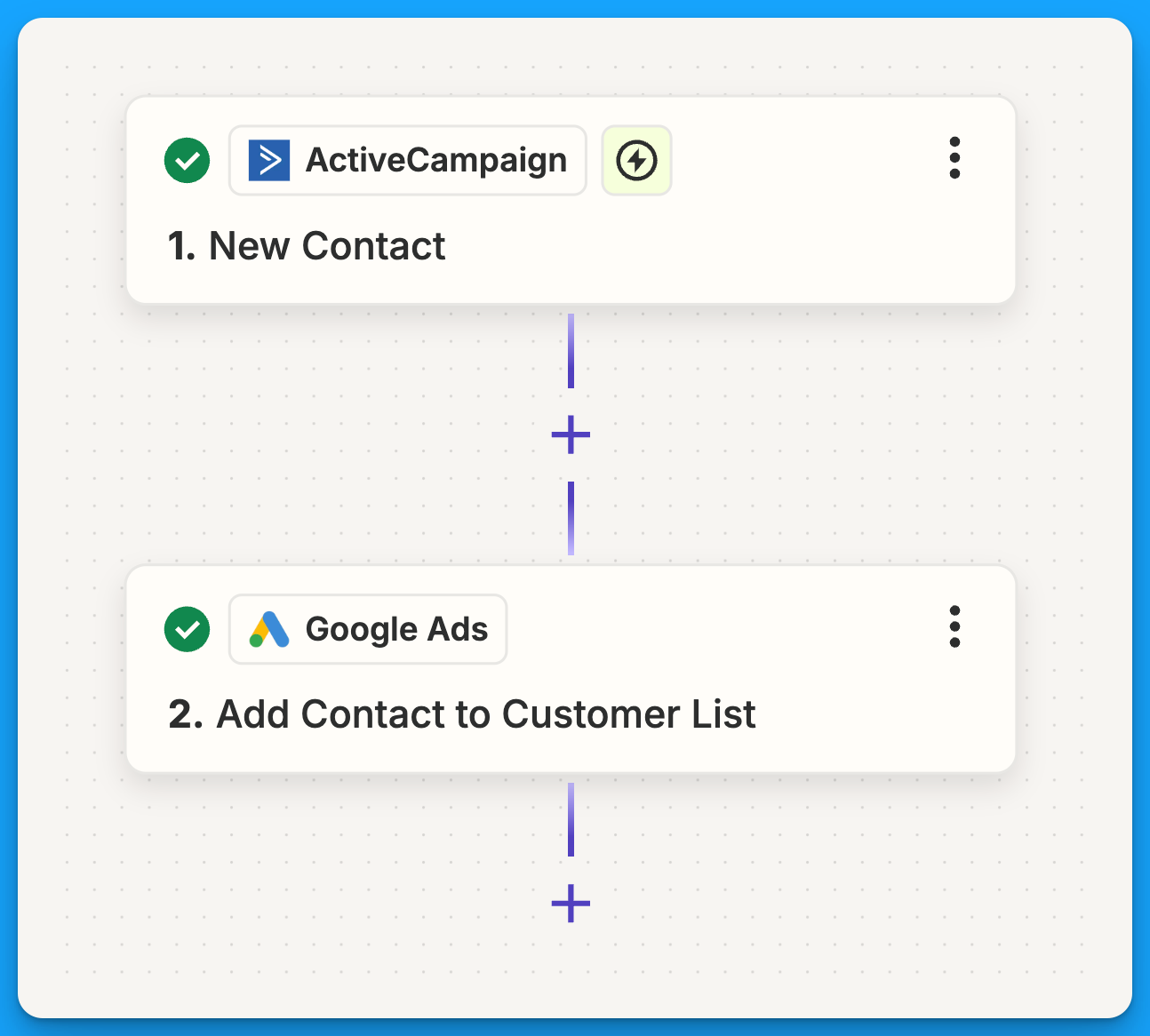



.jpg)


